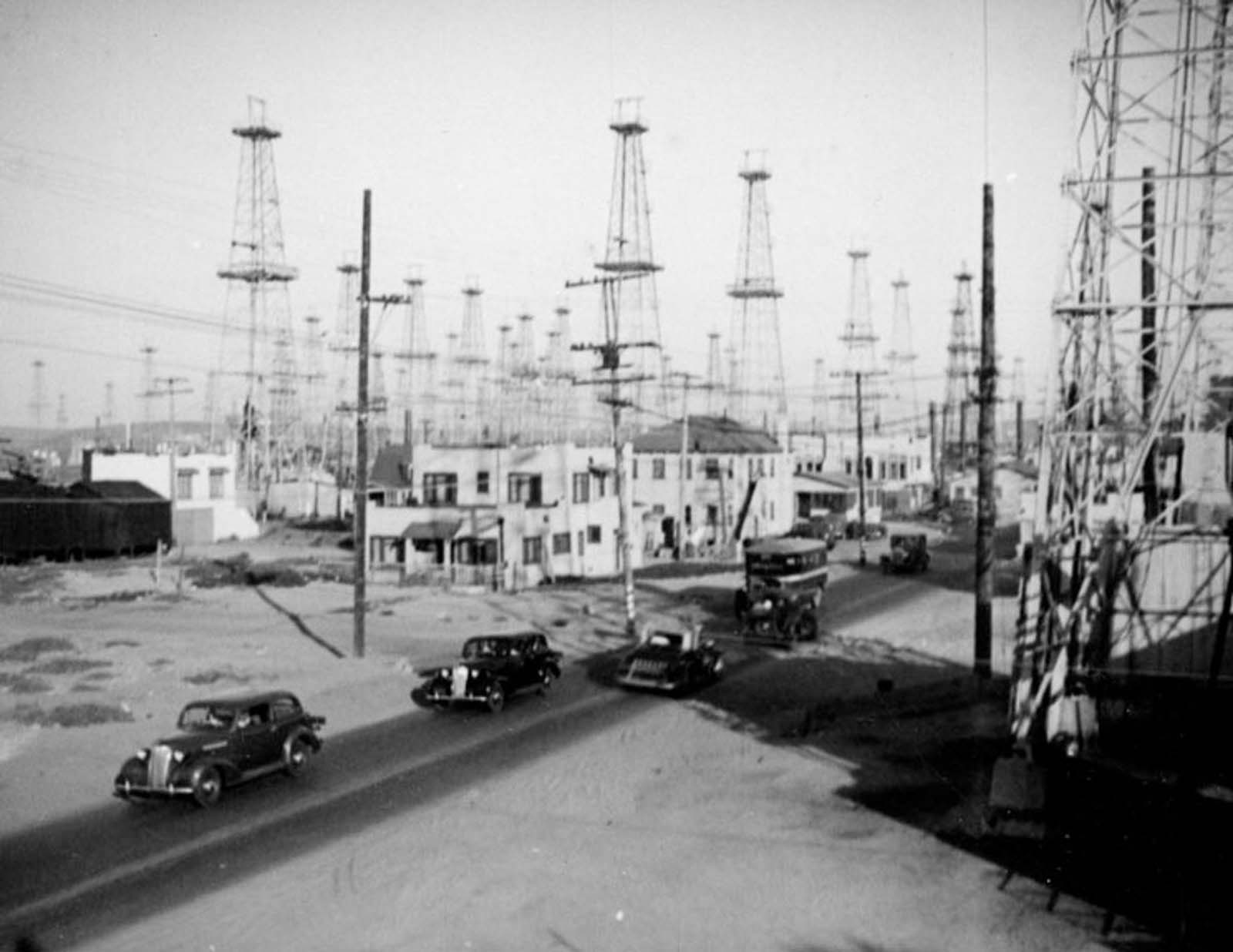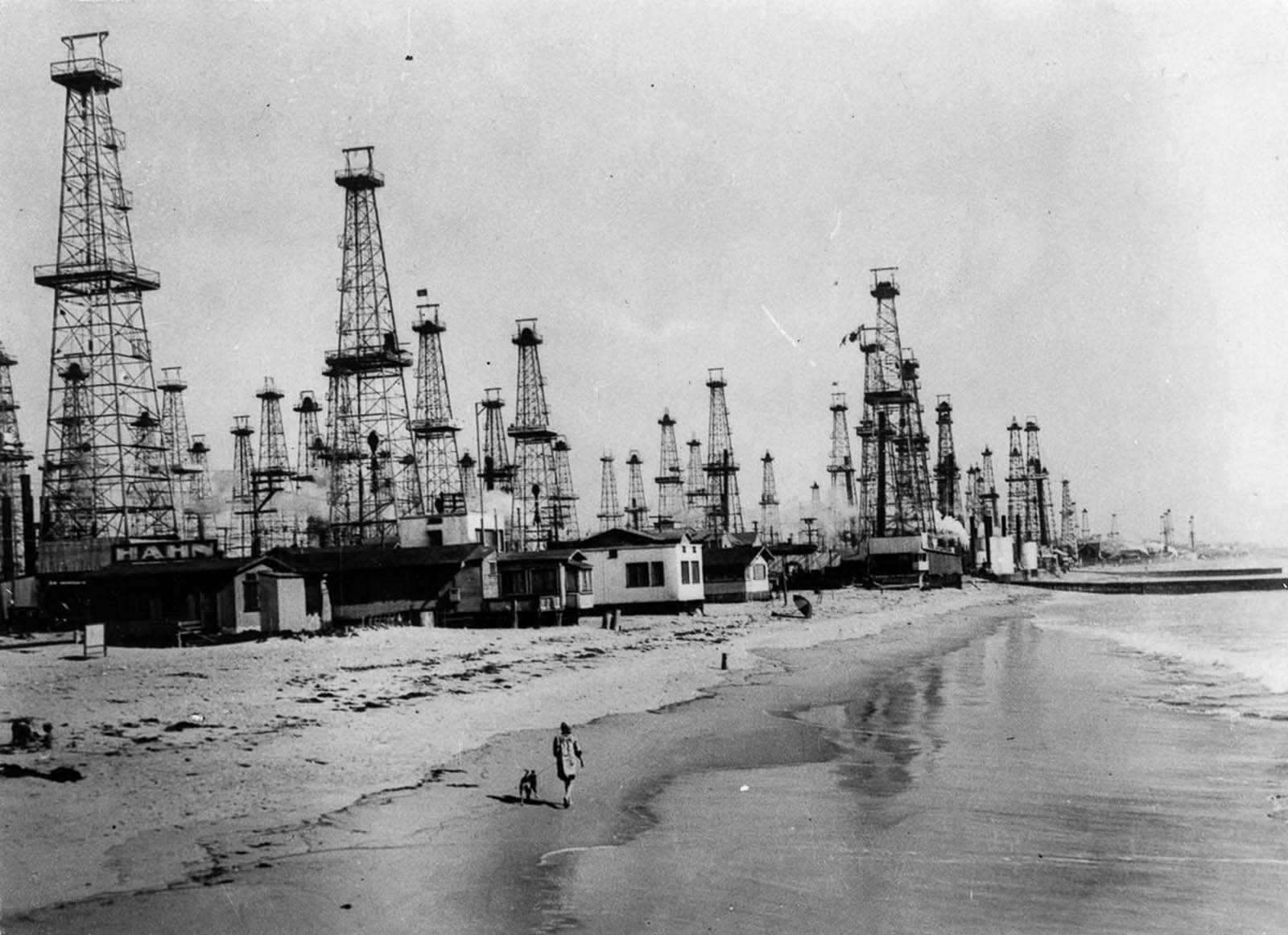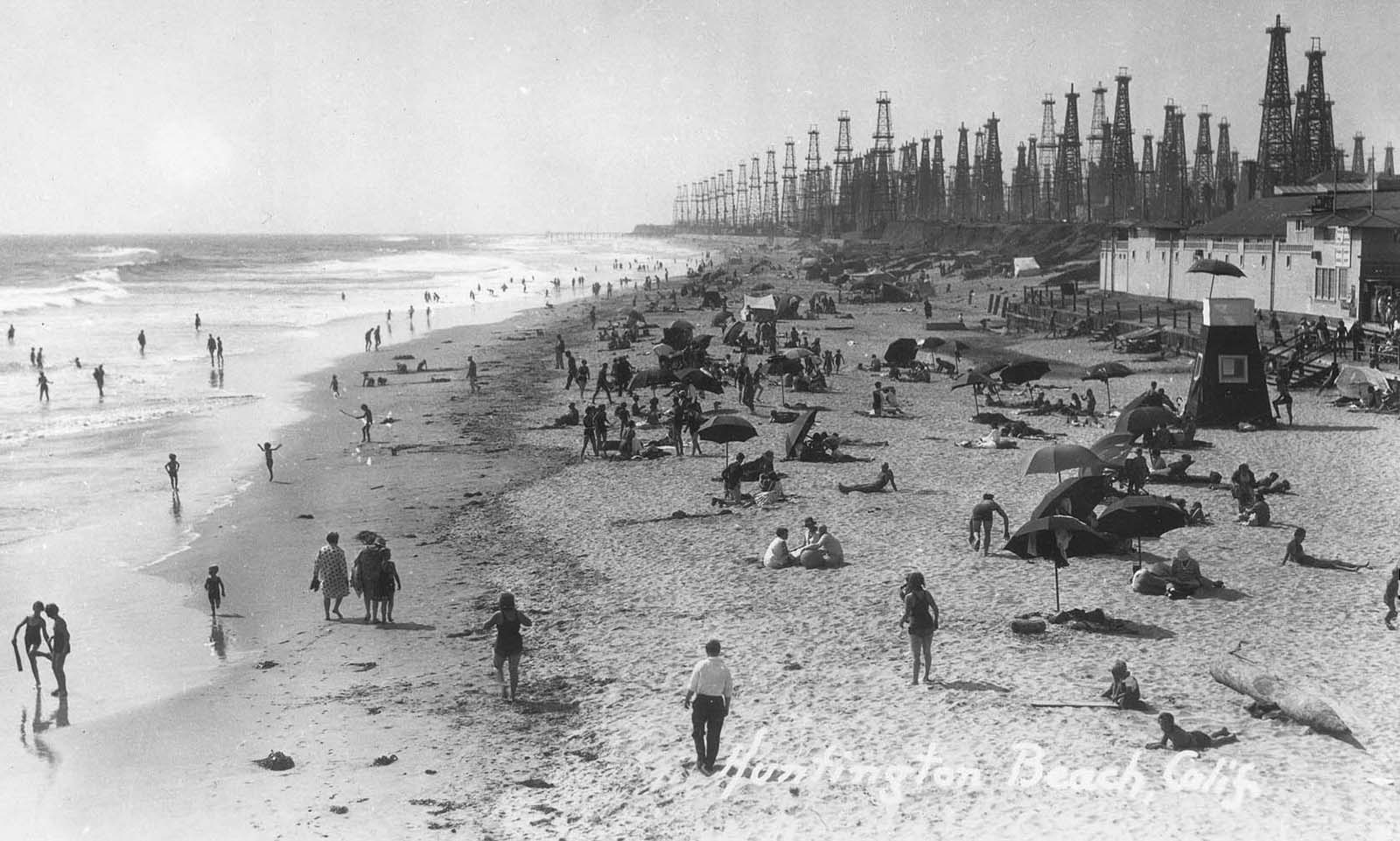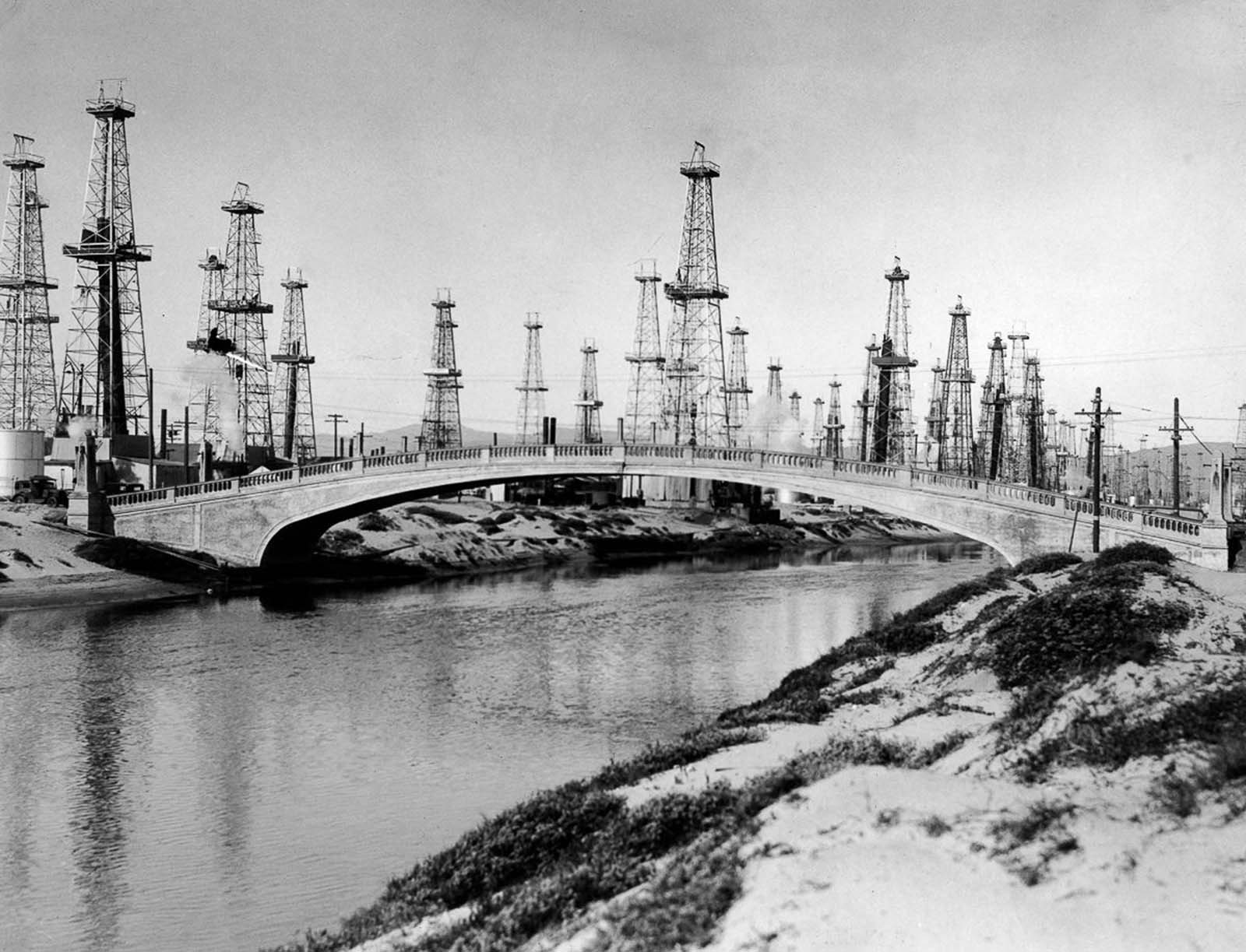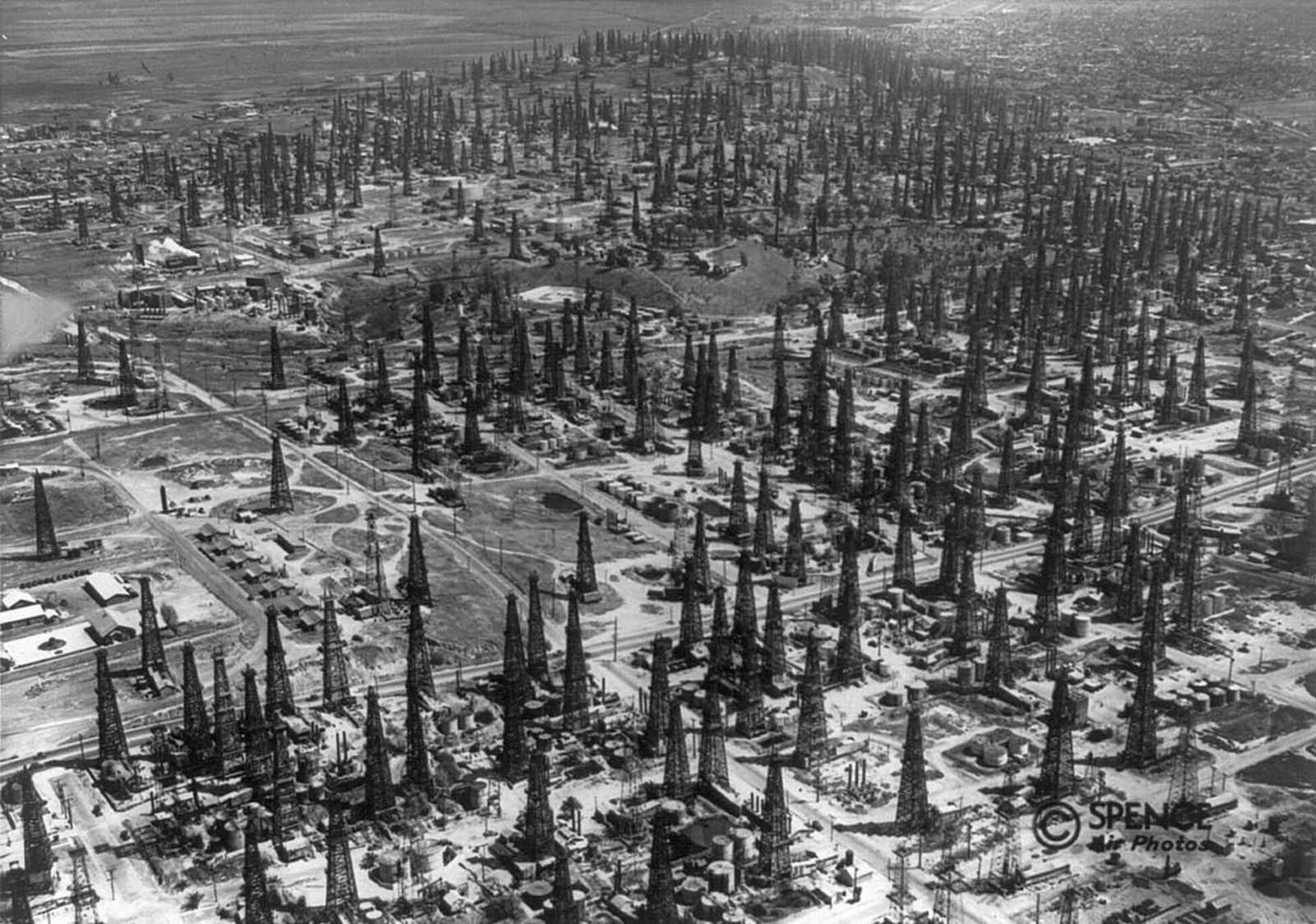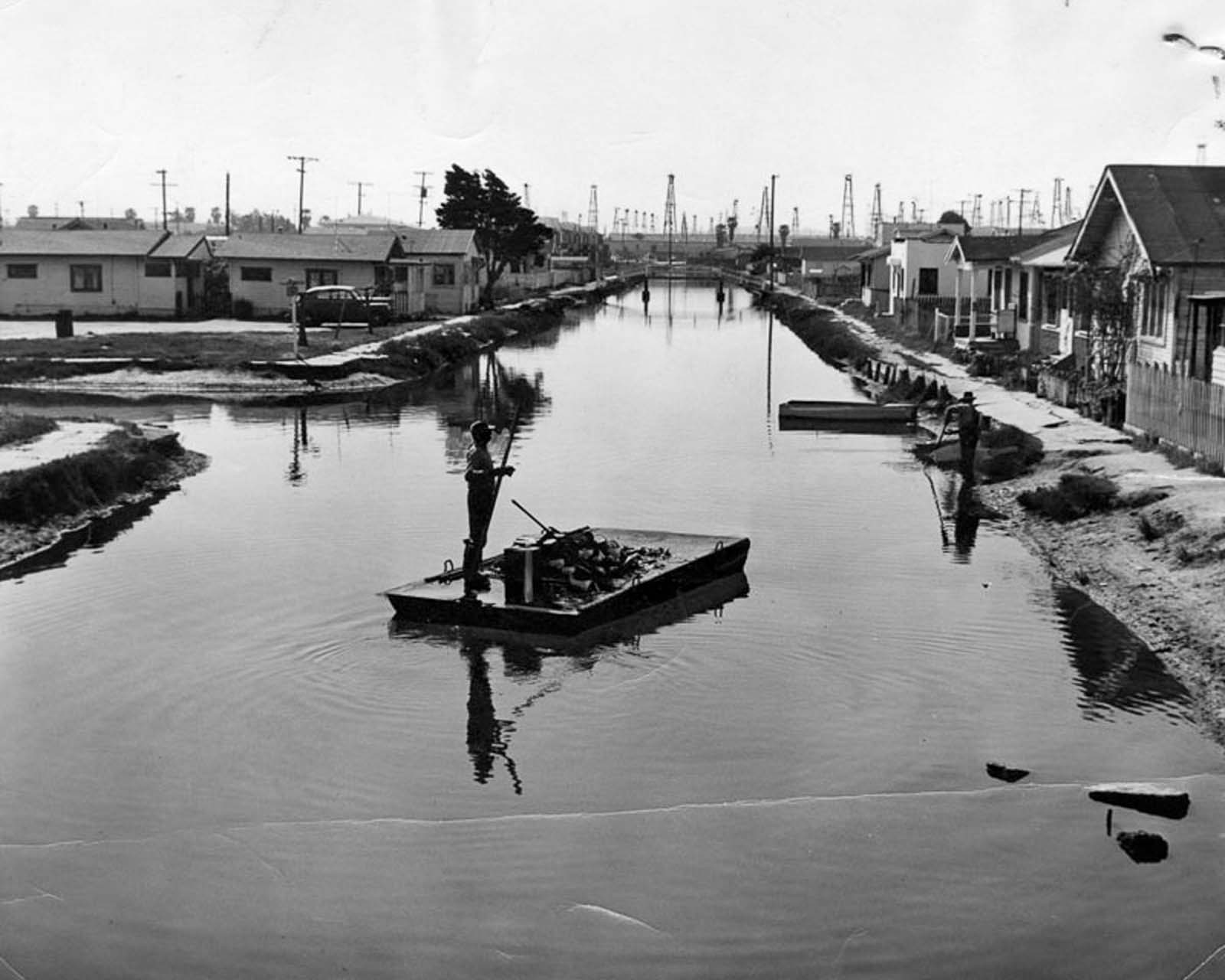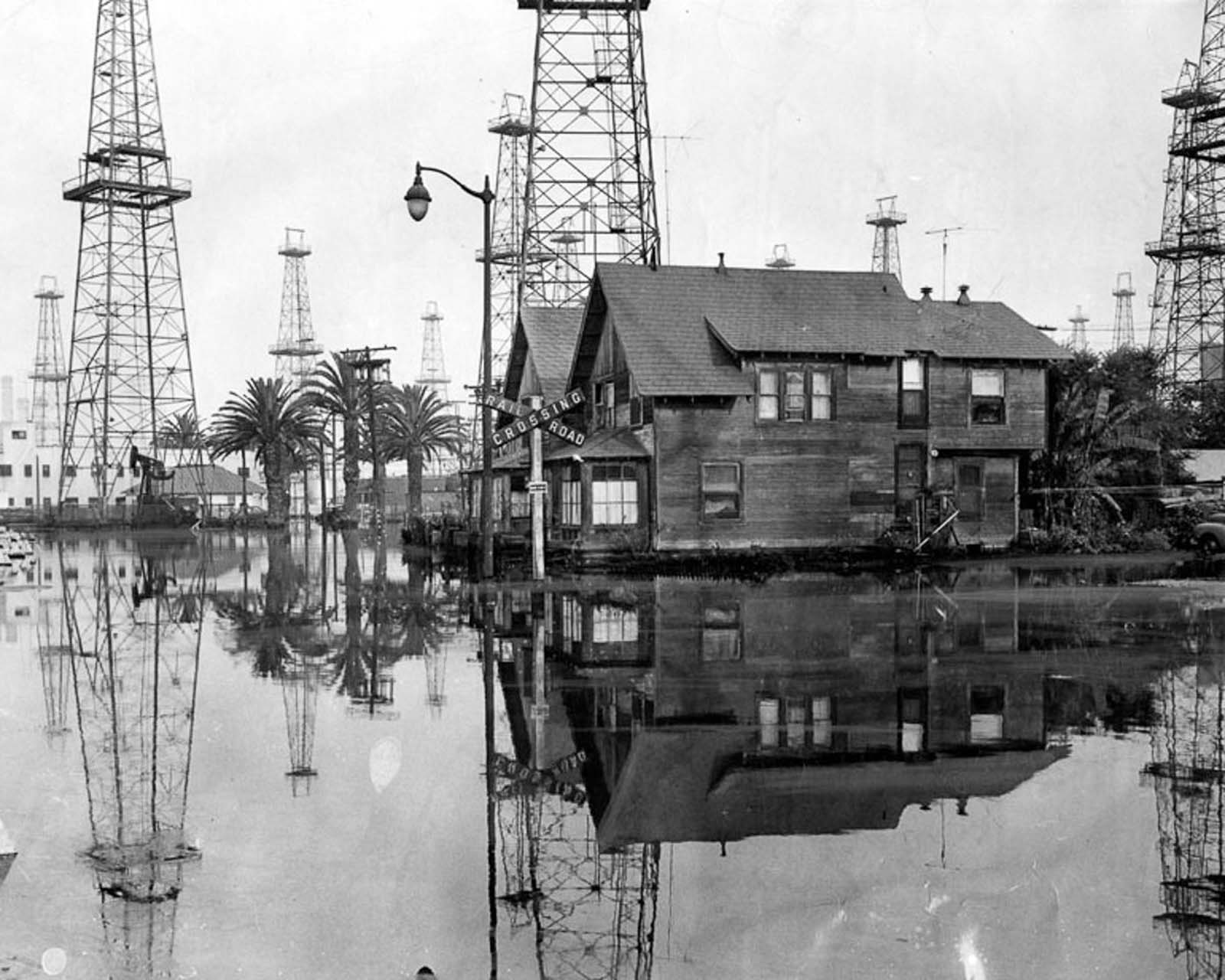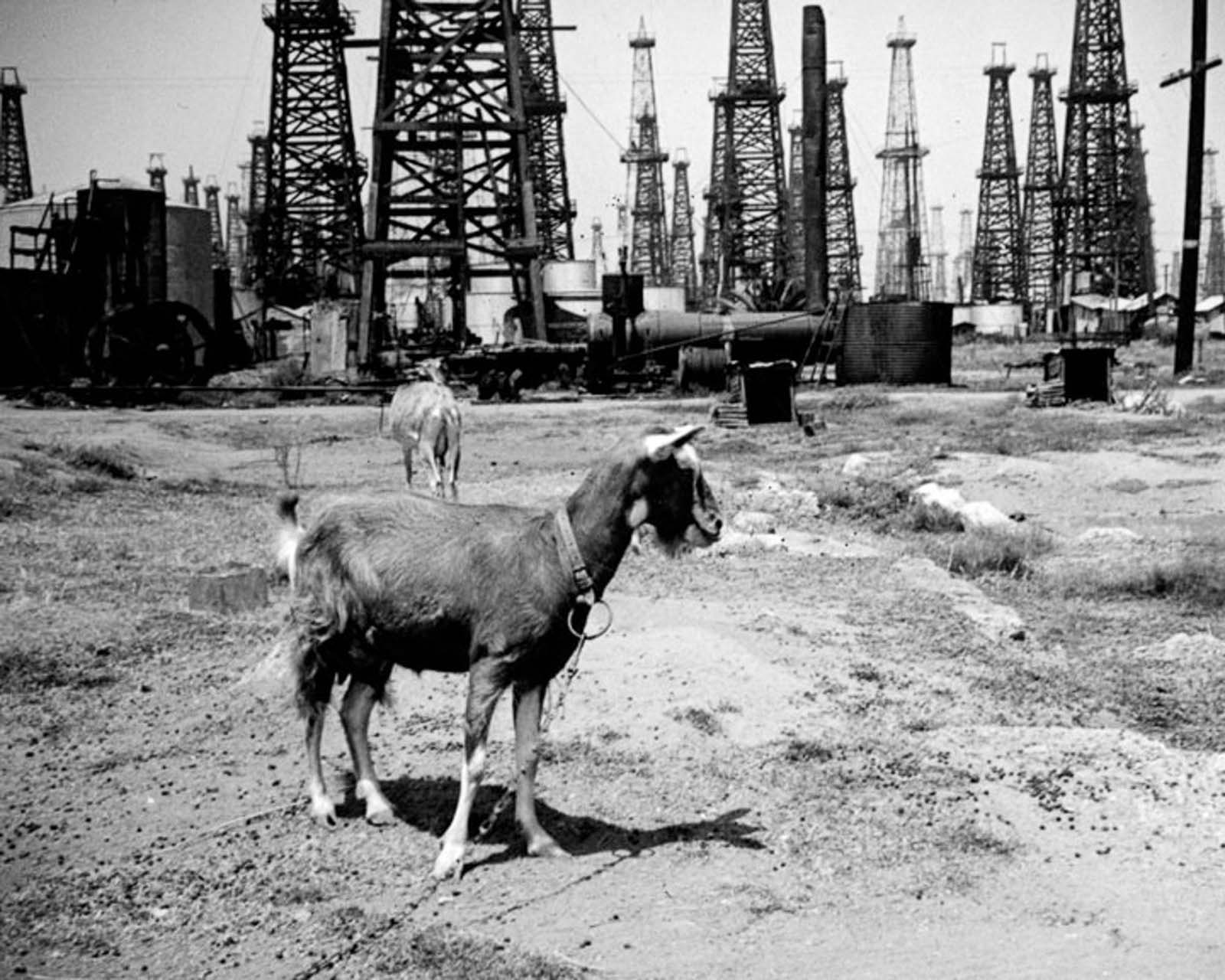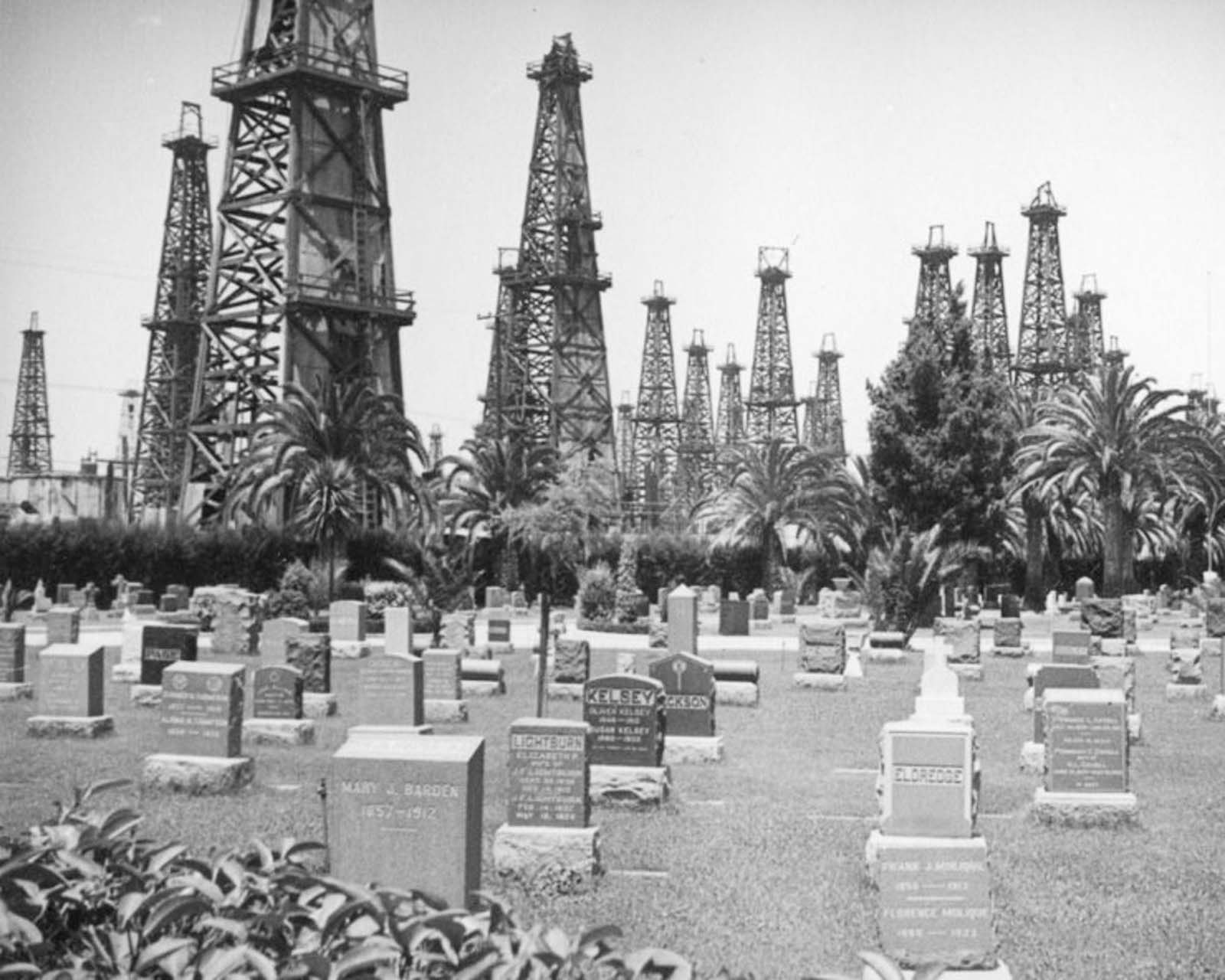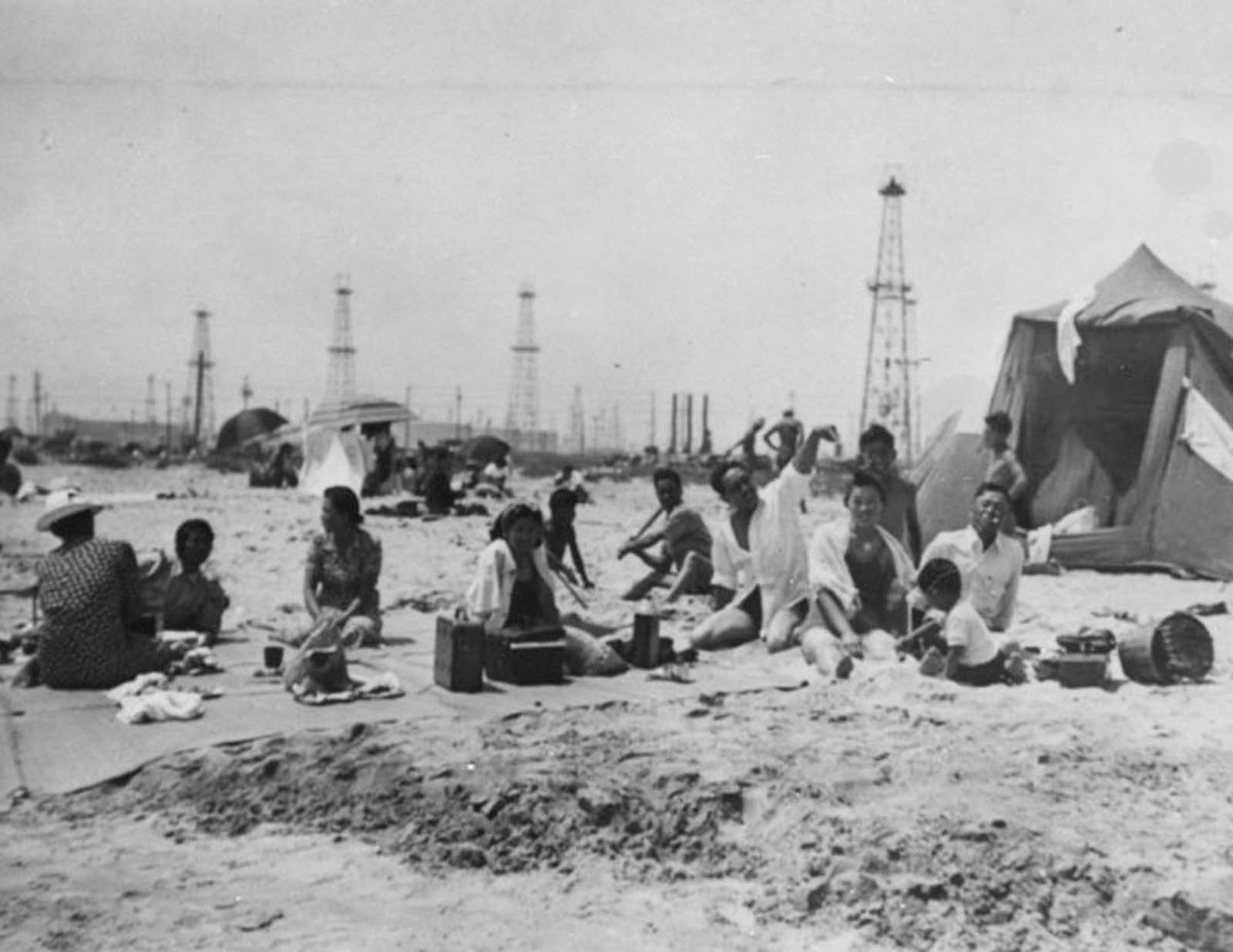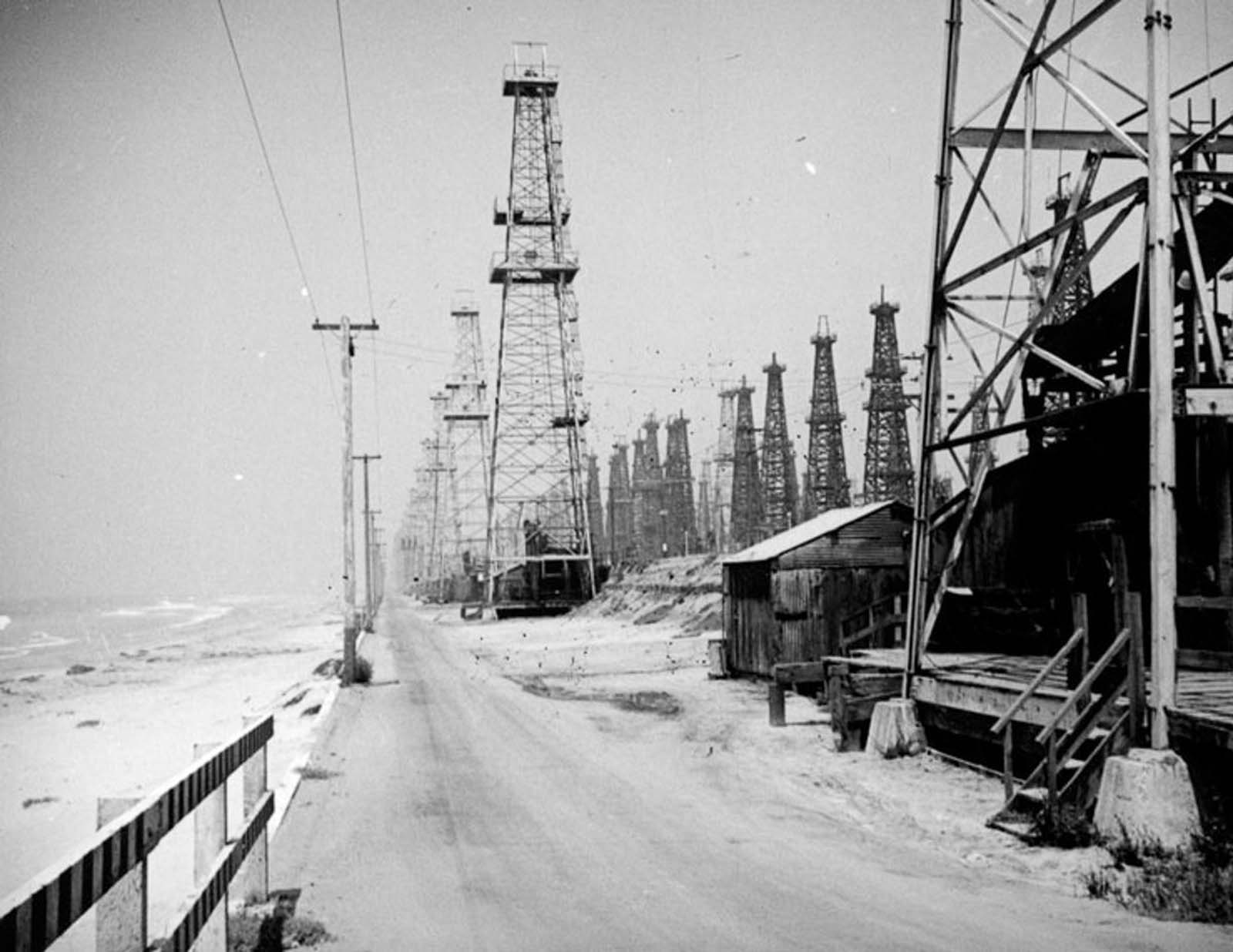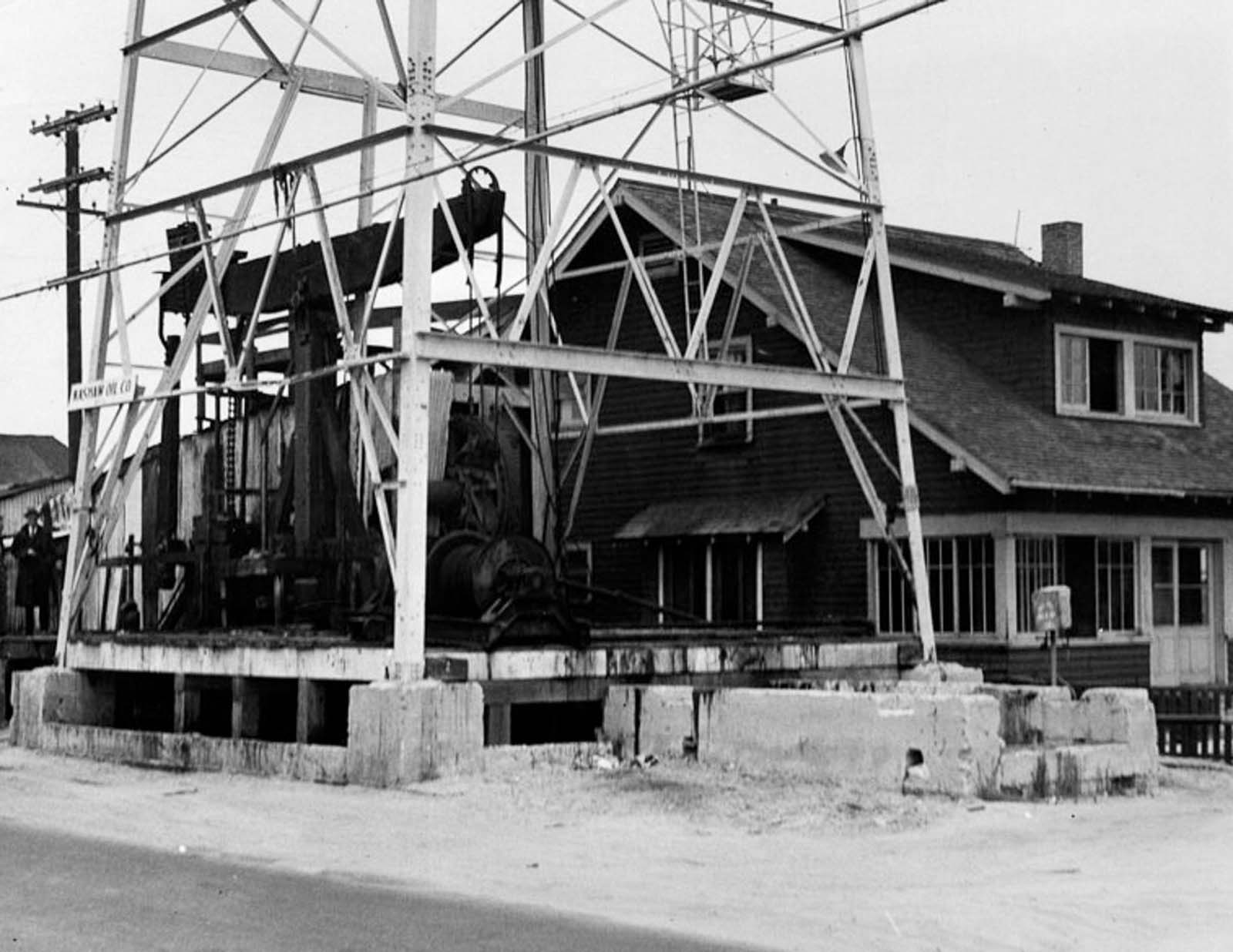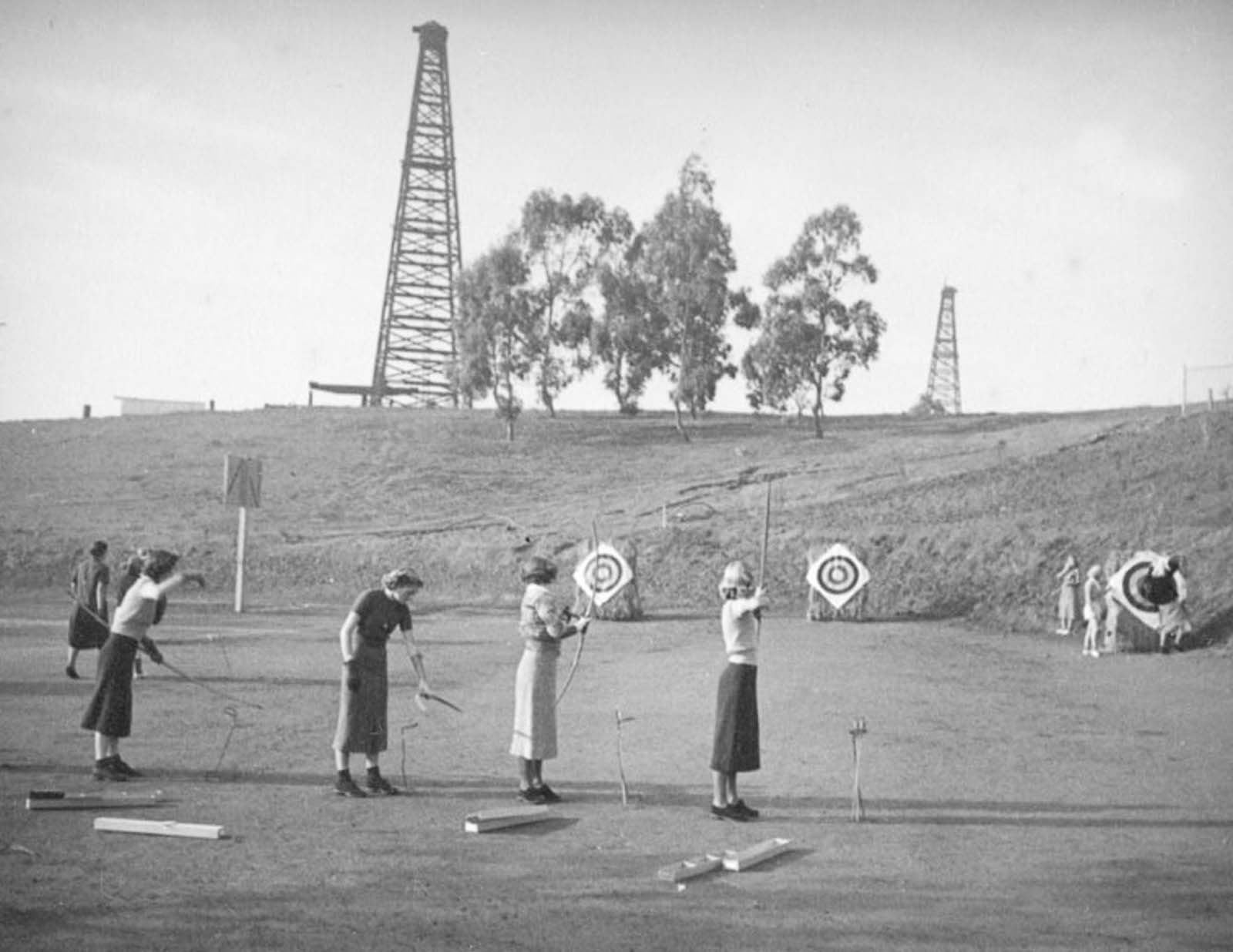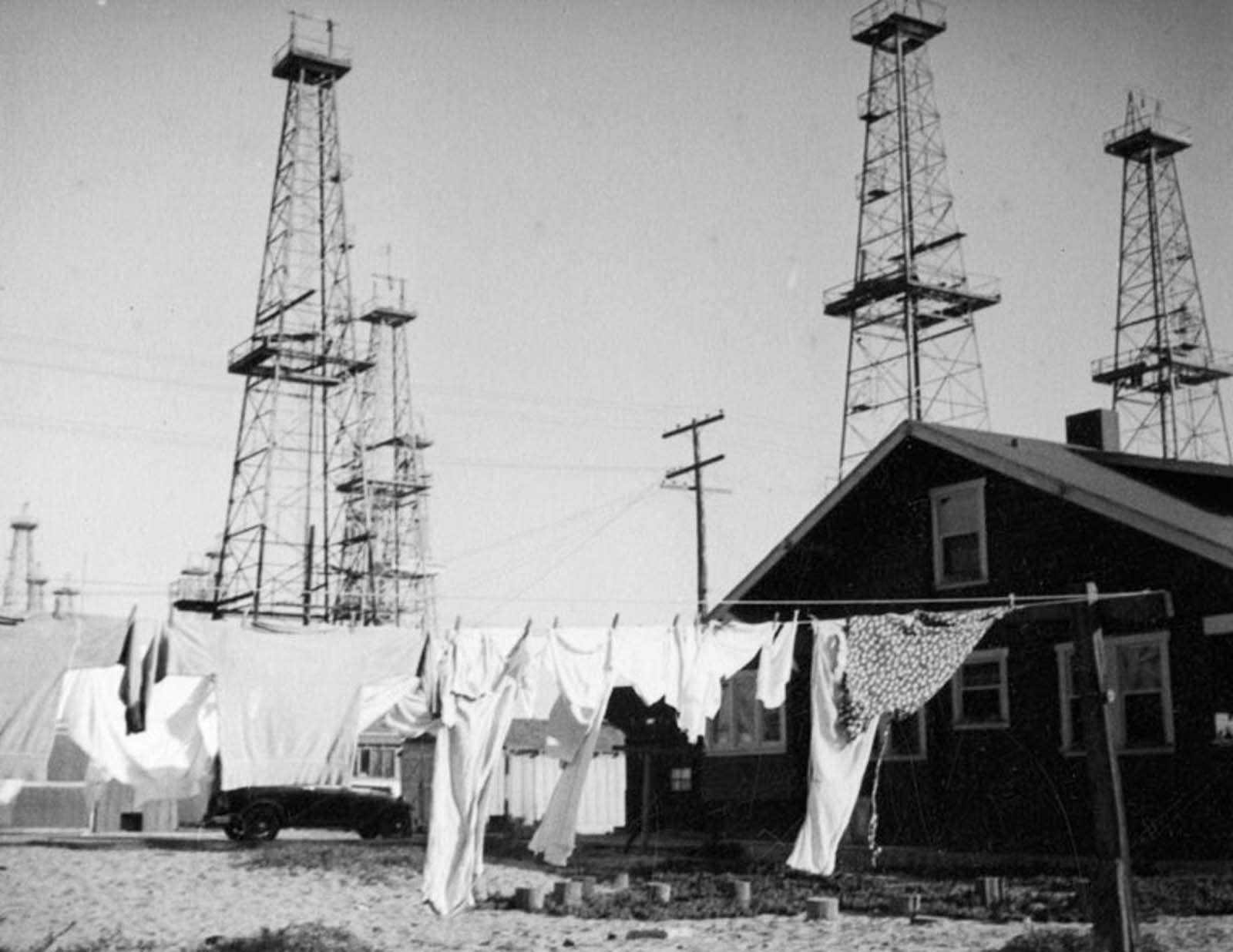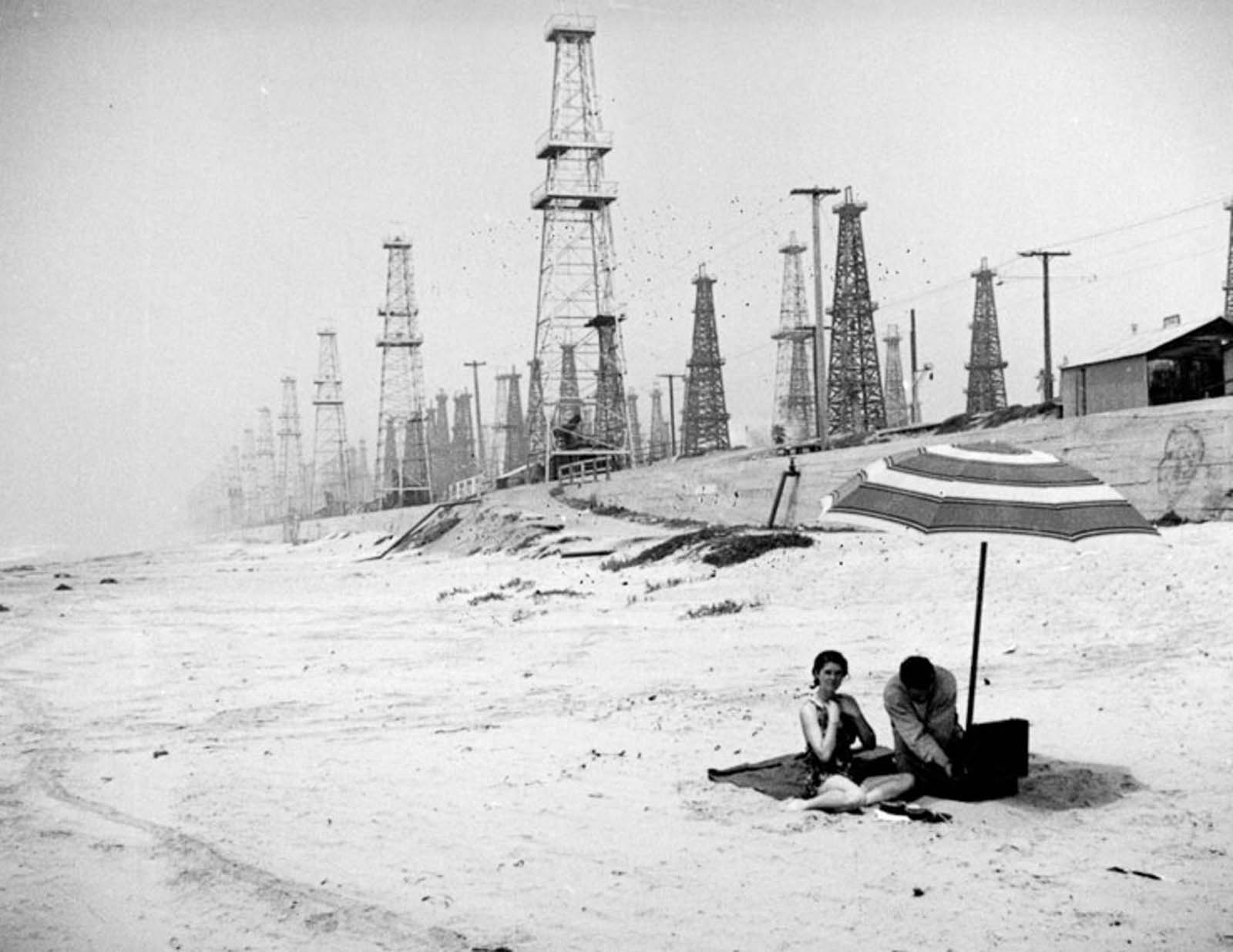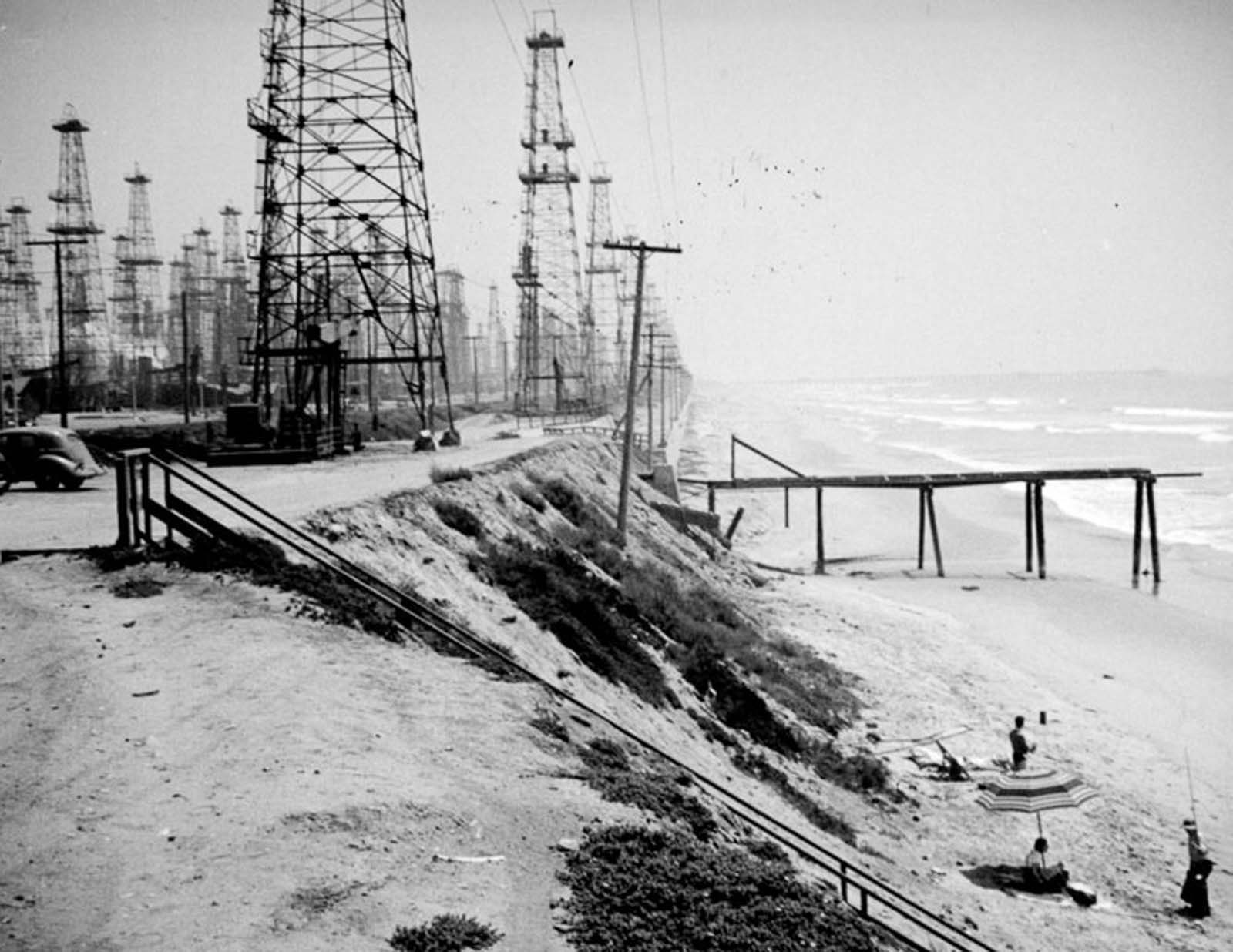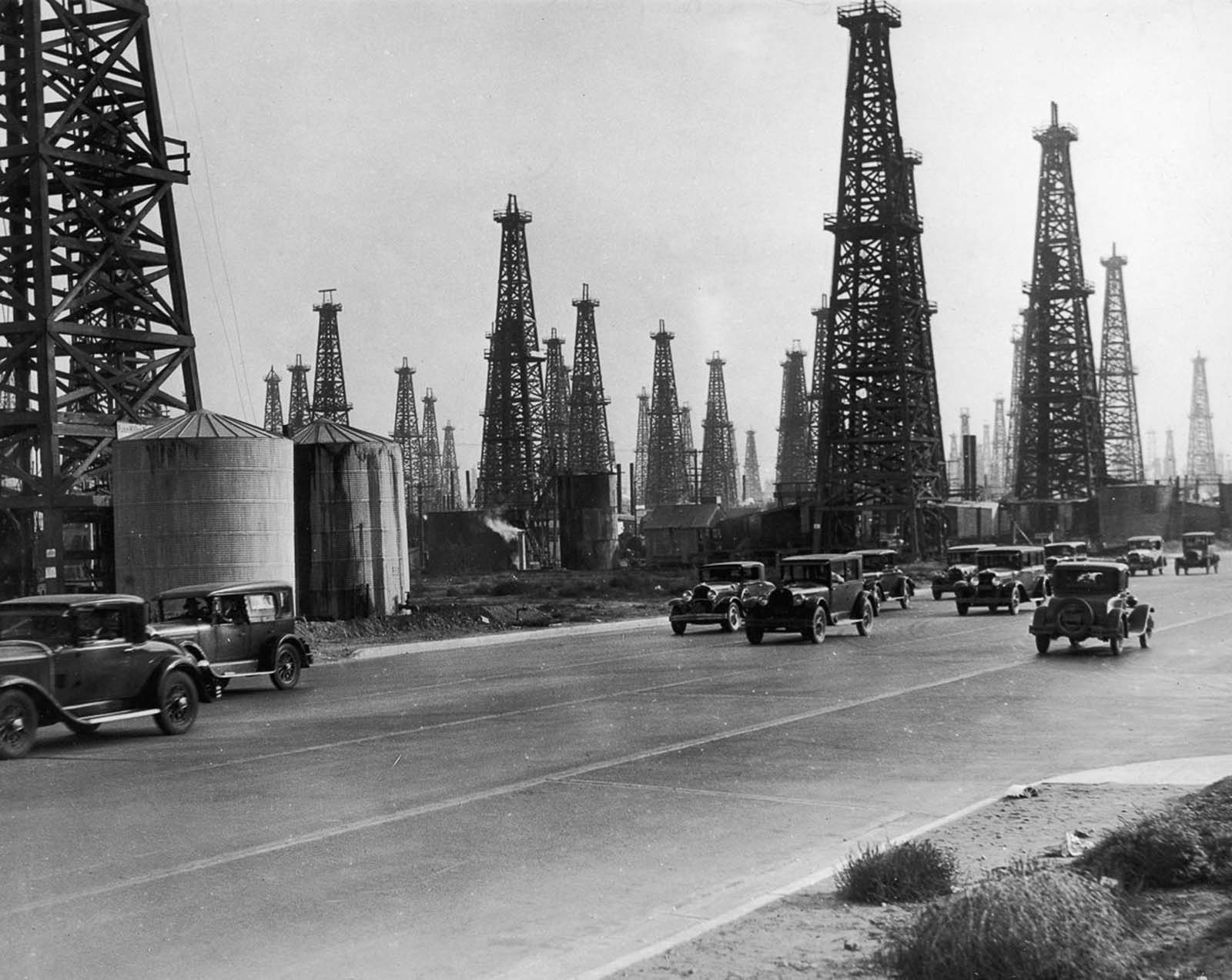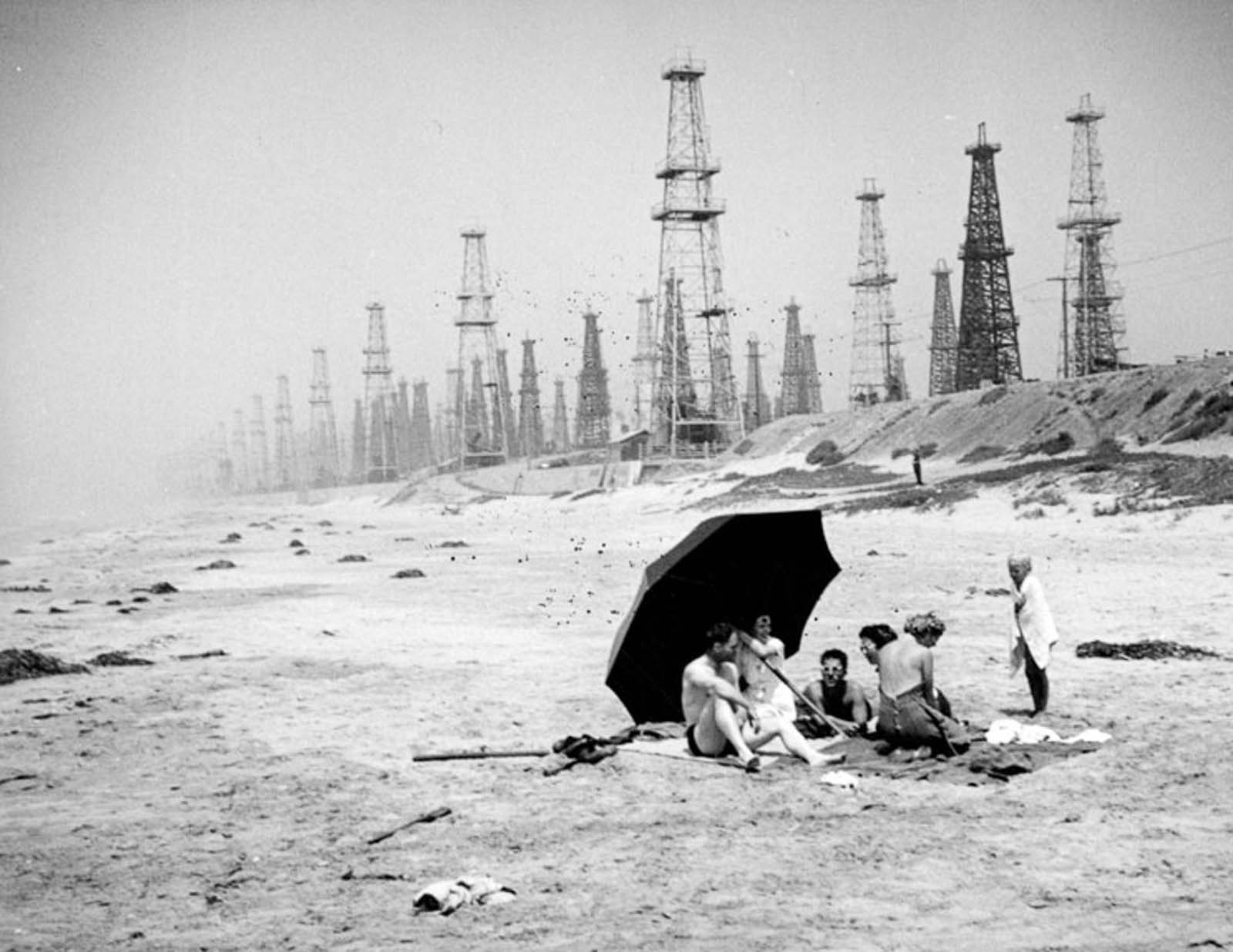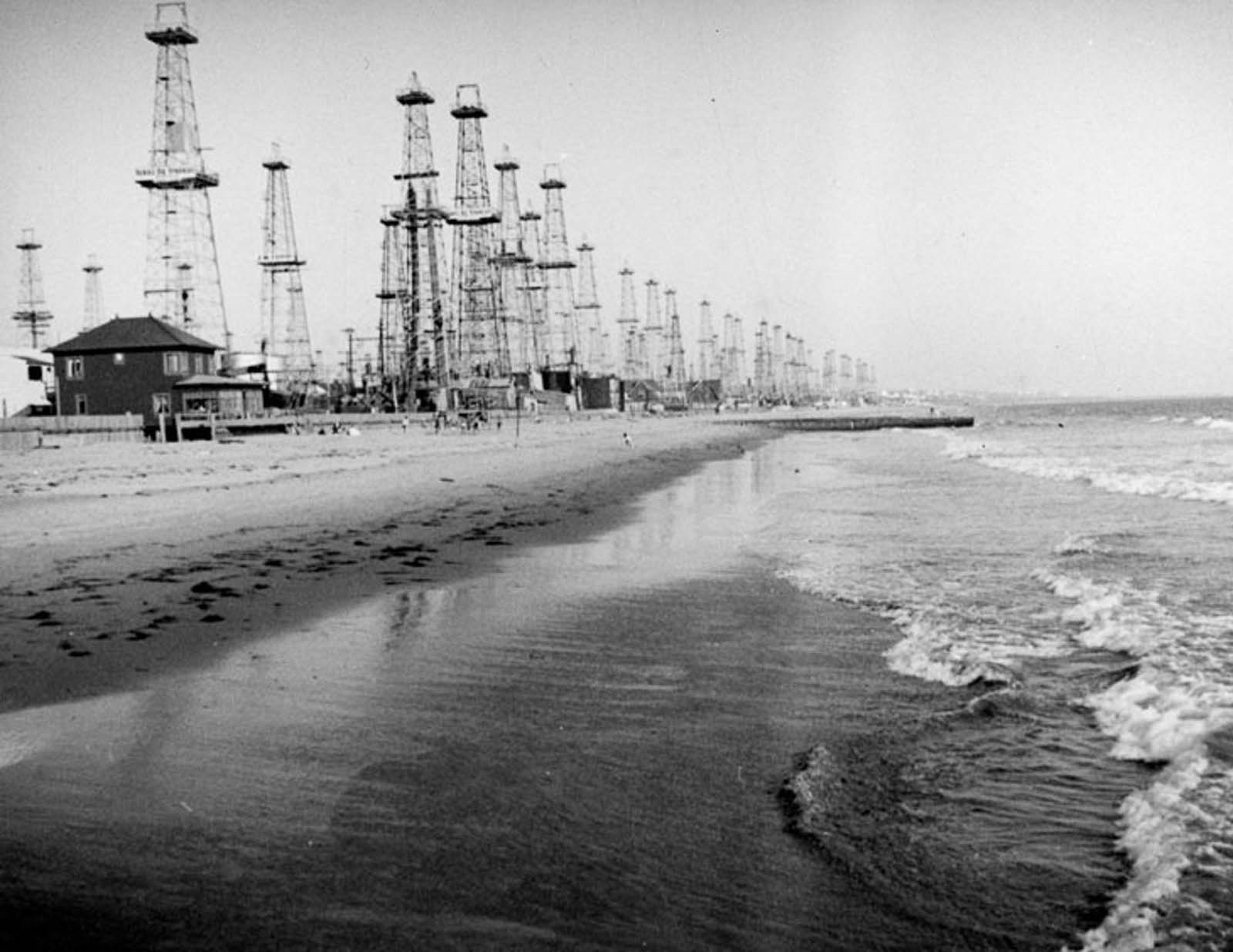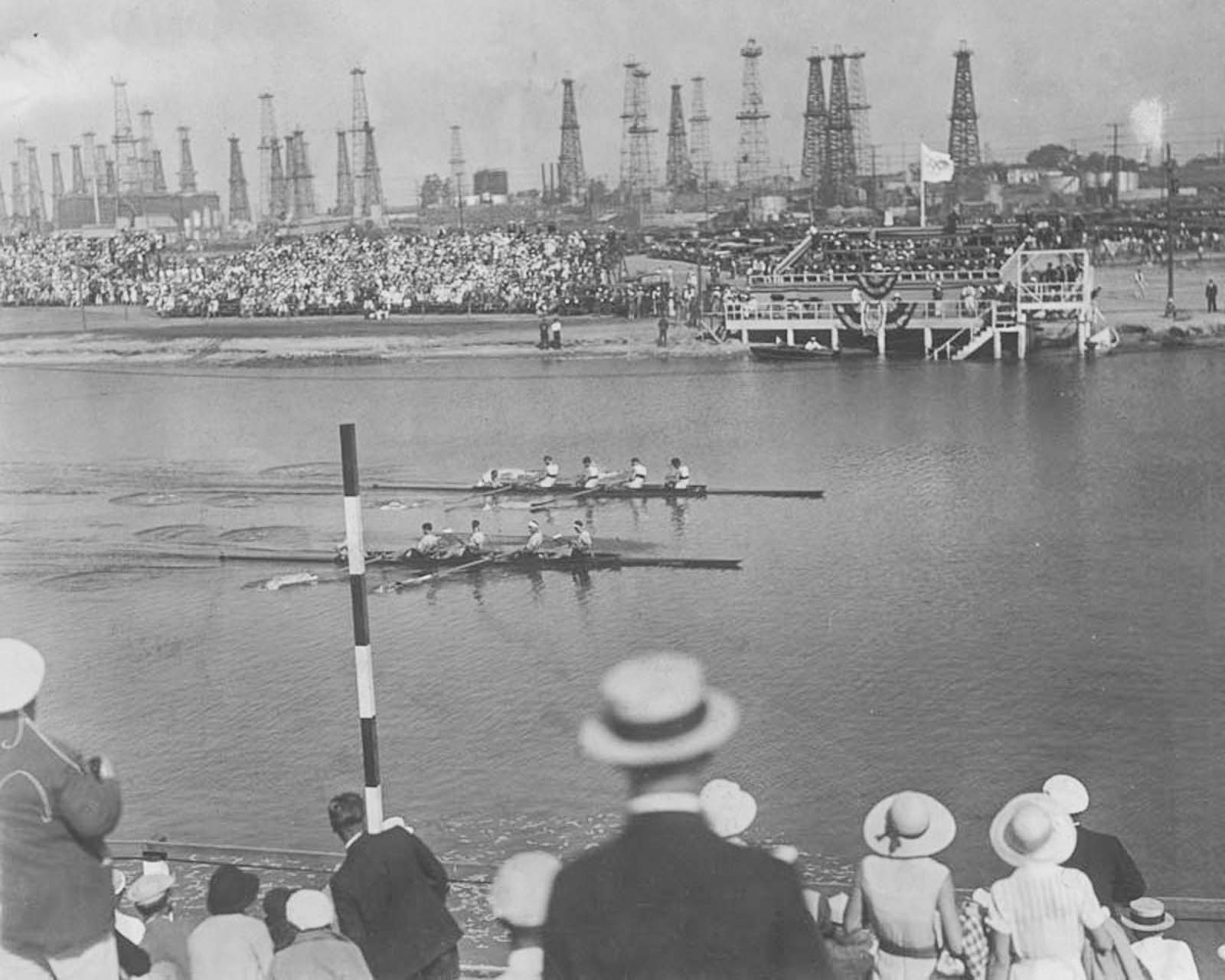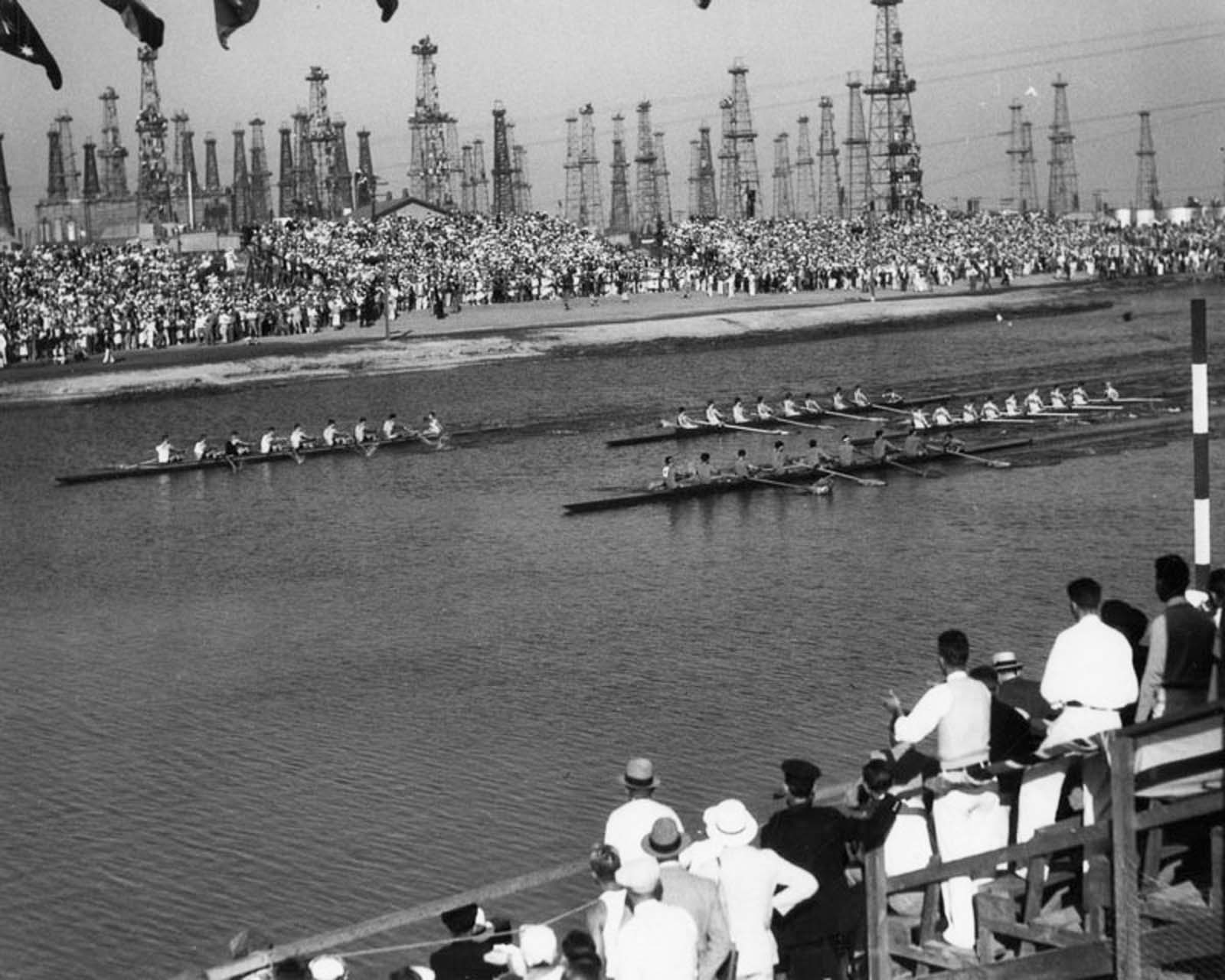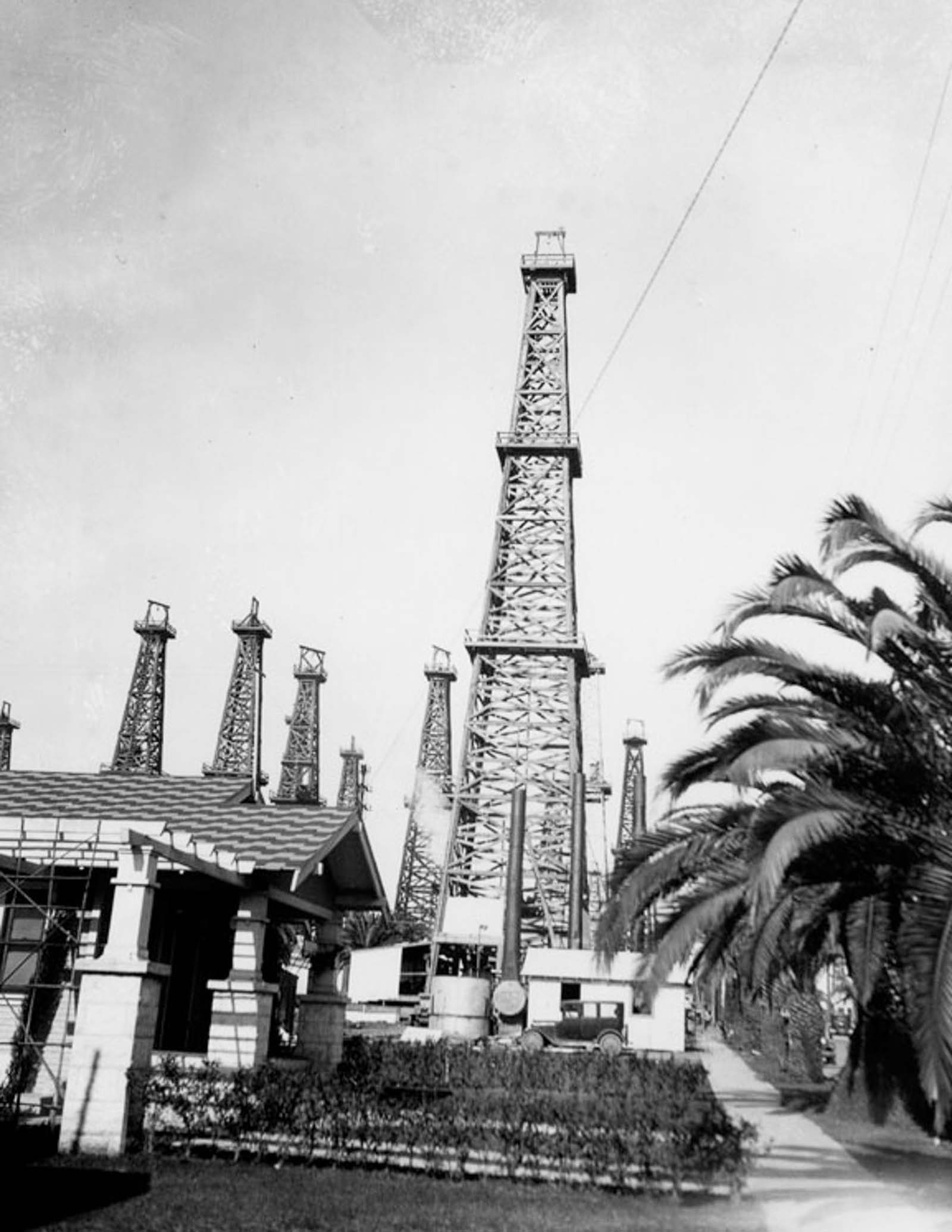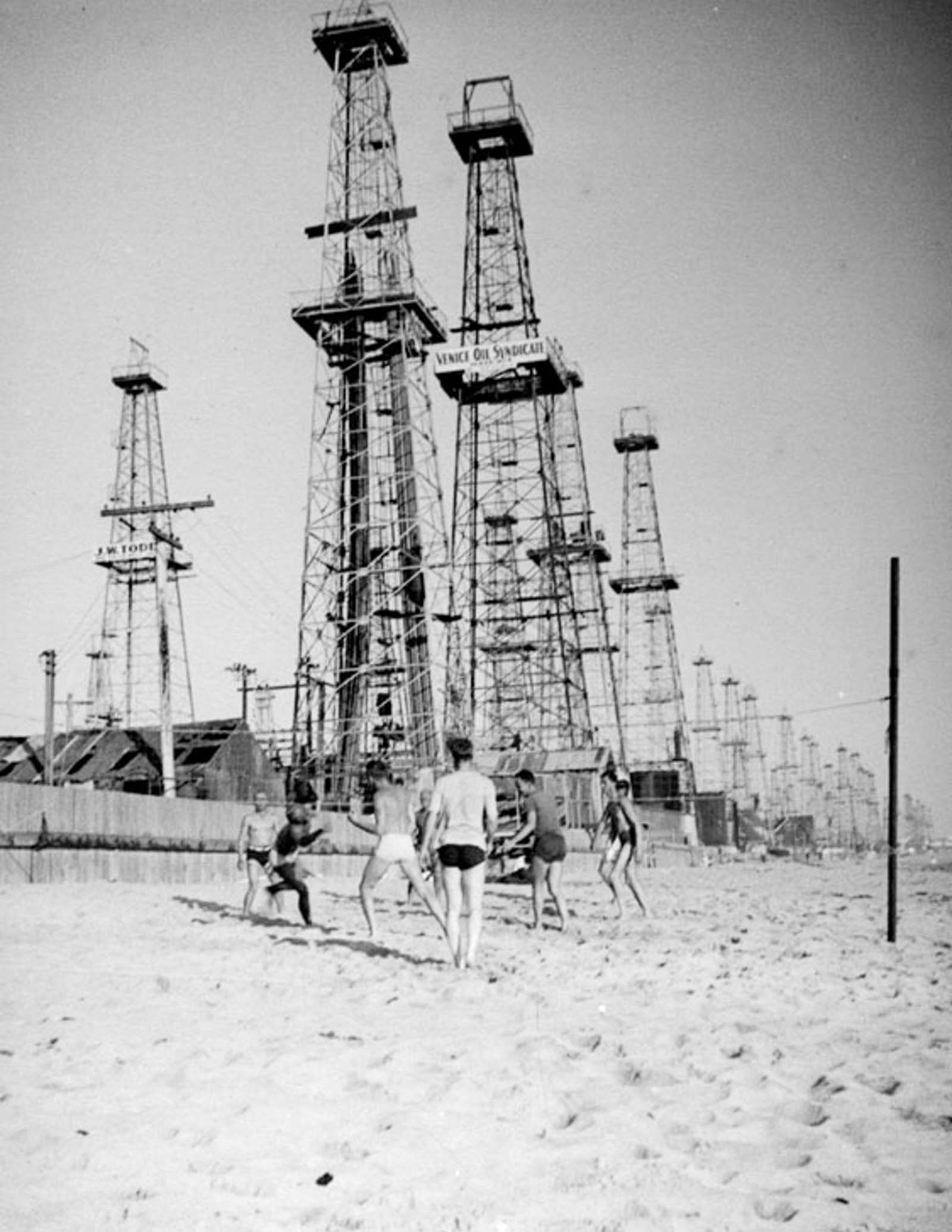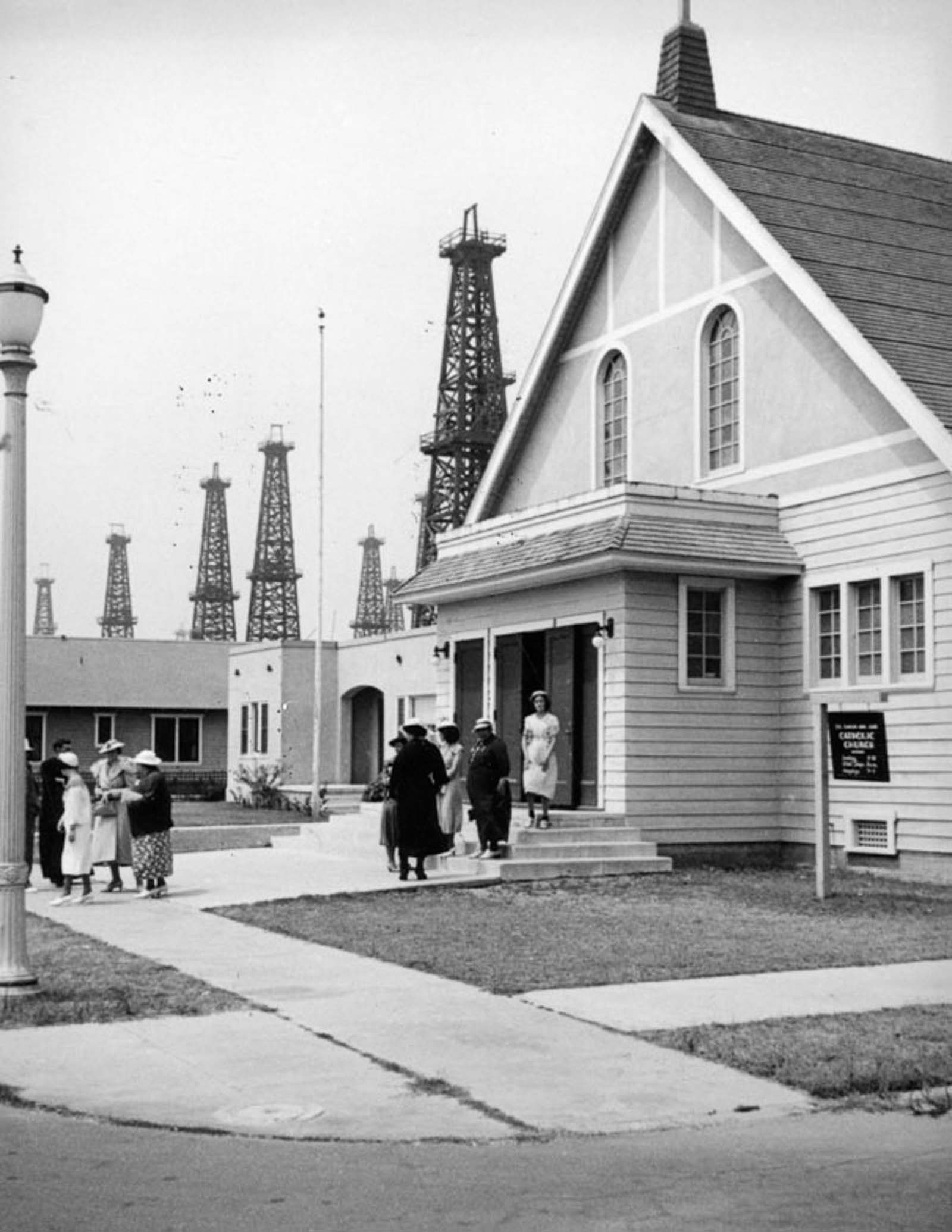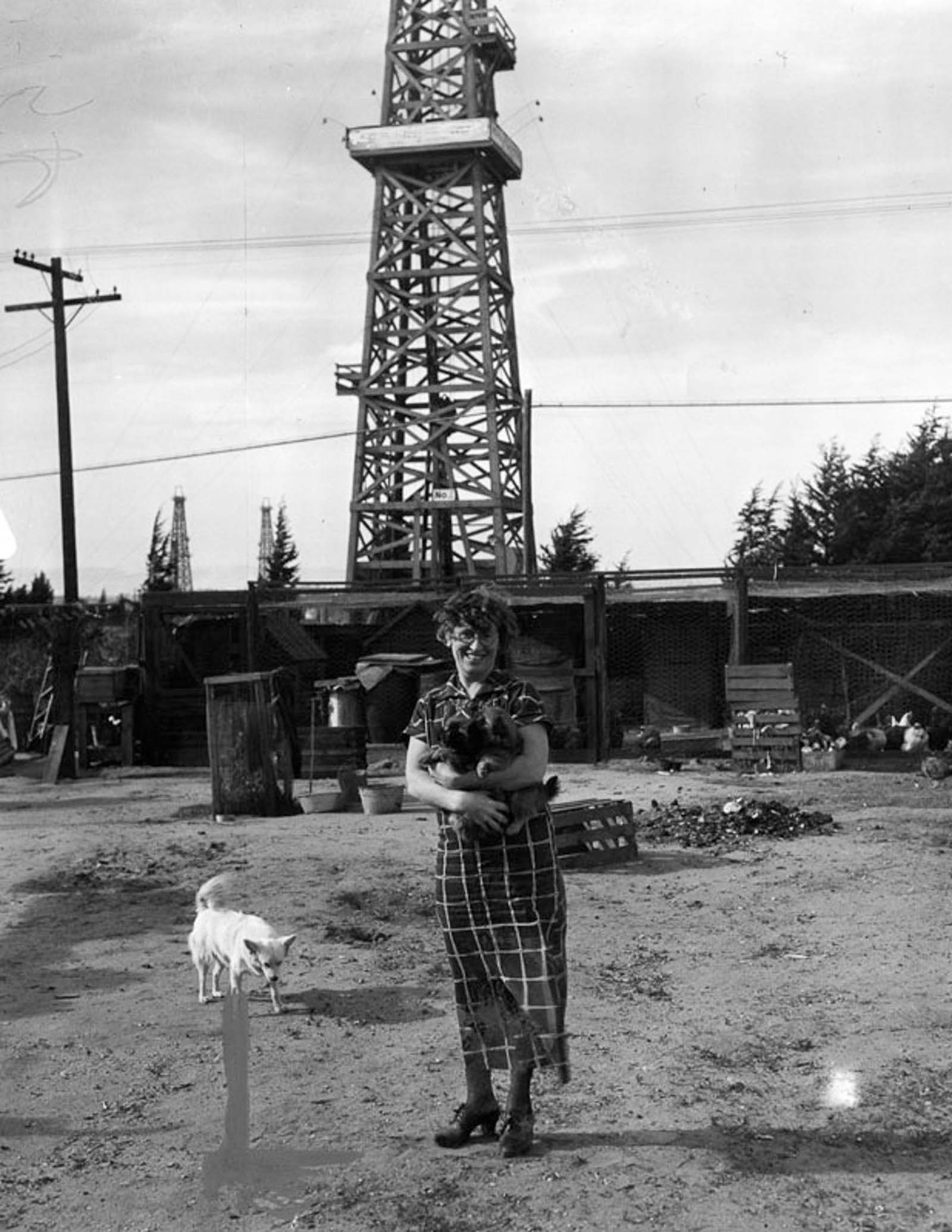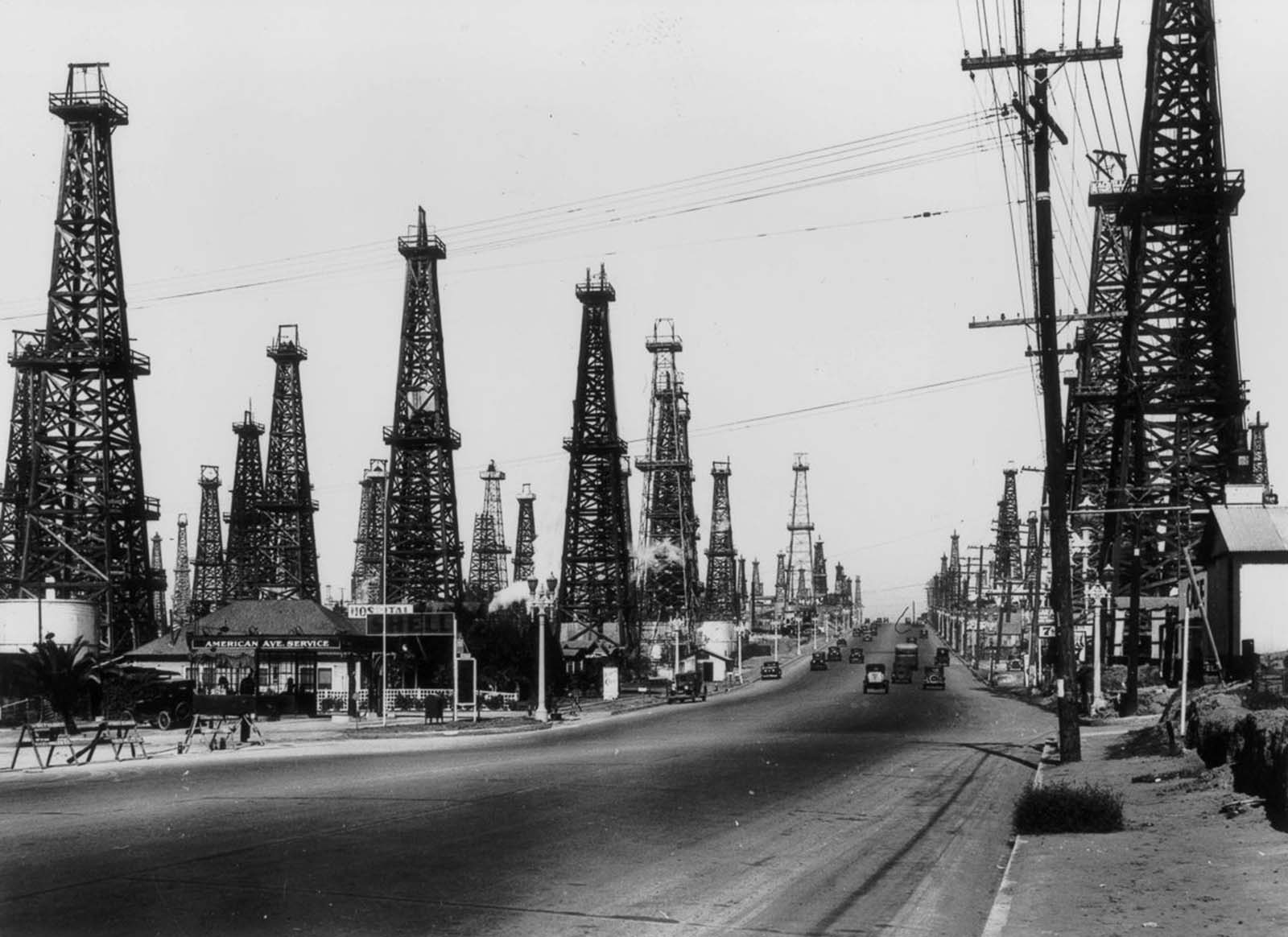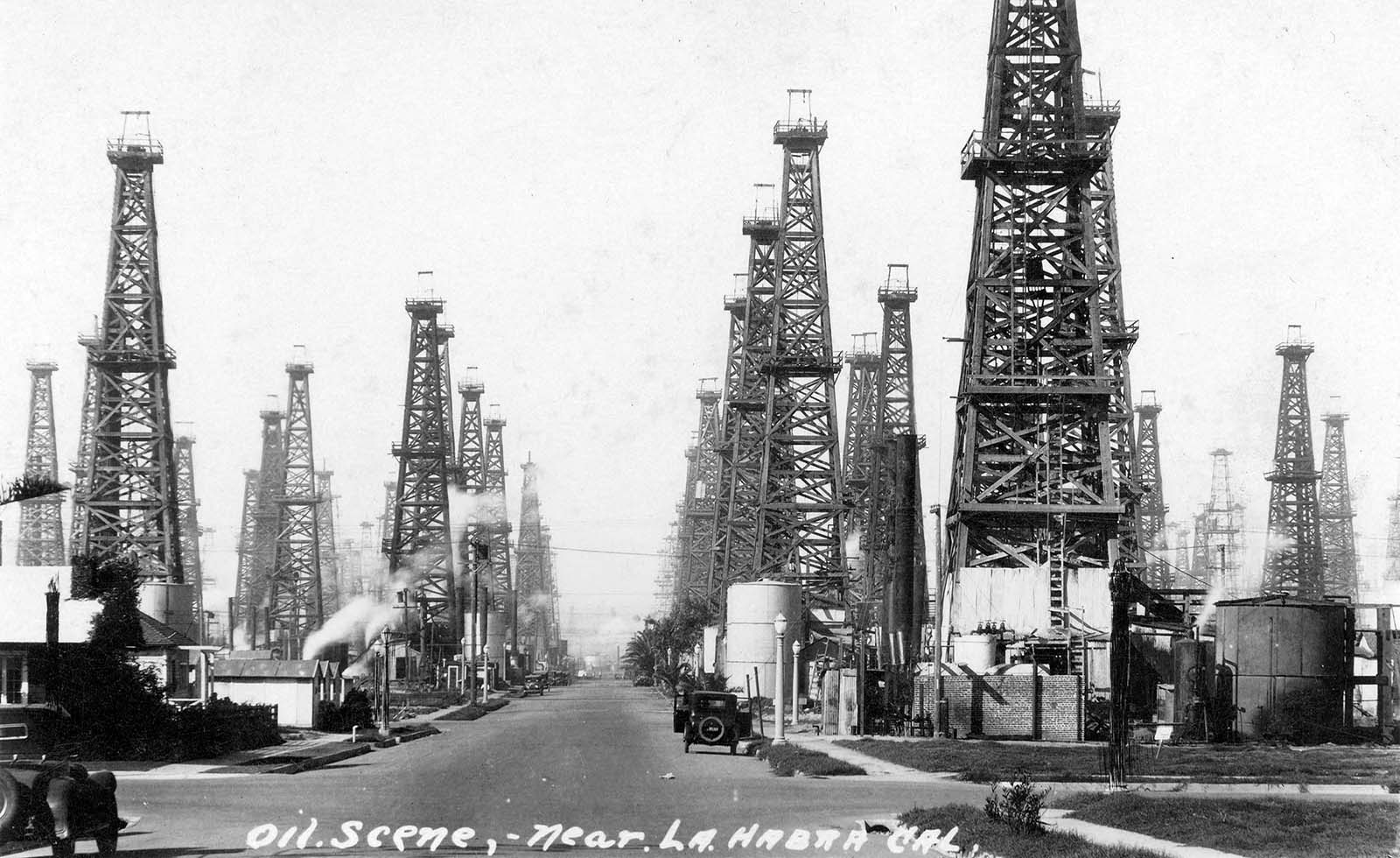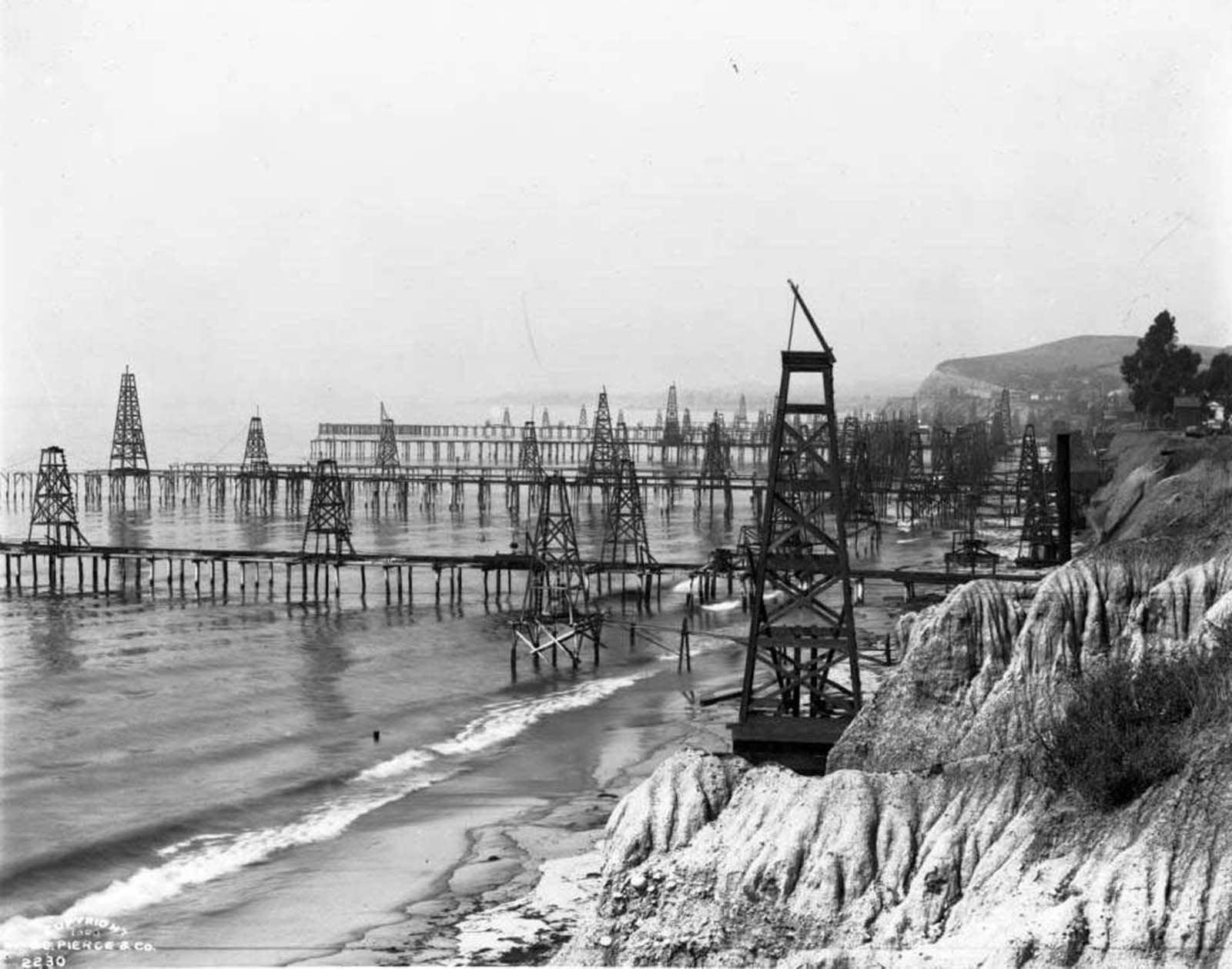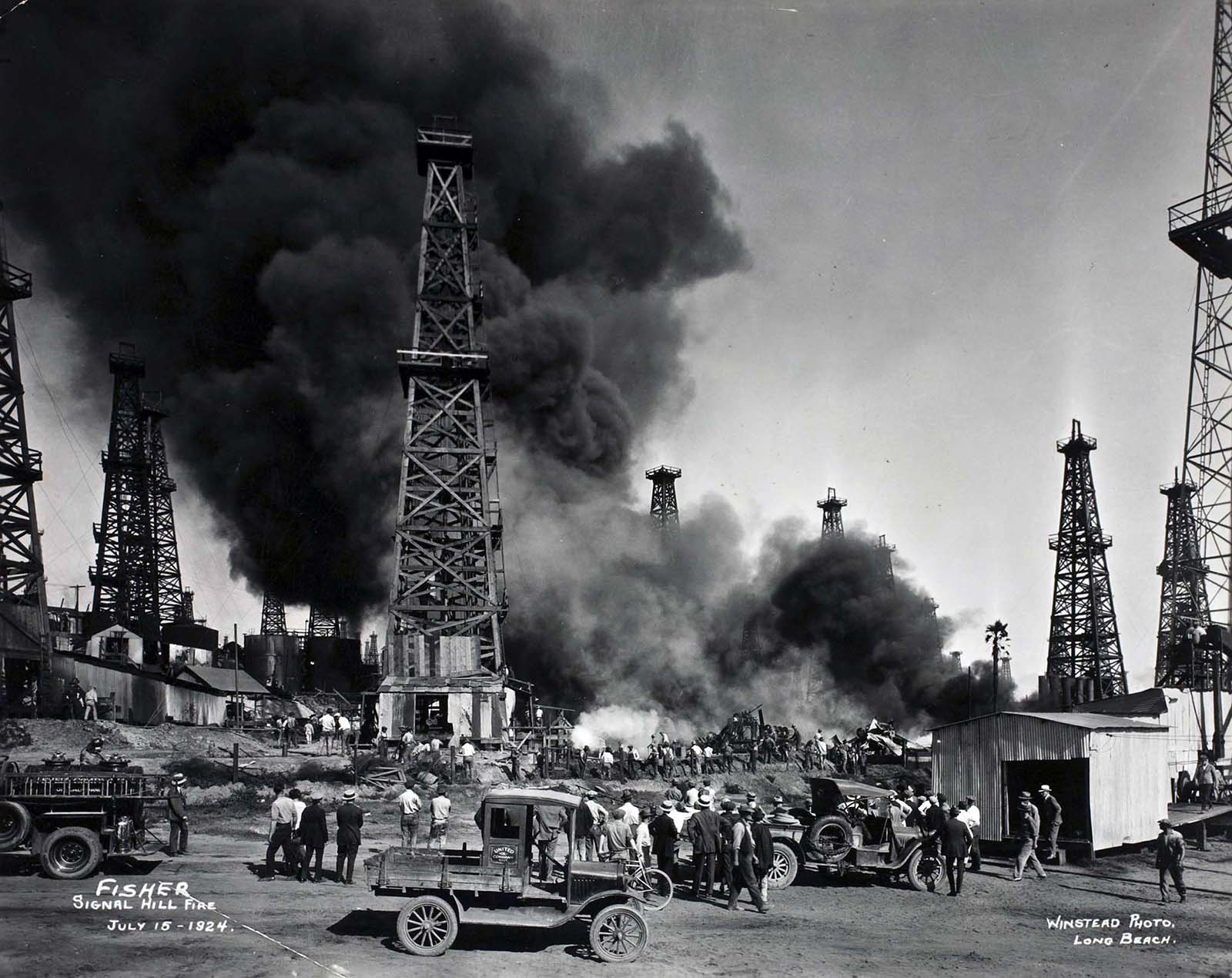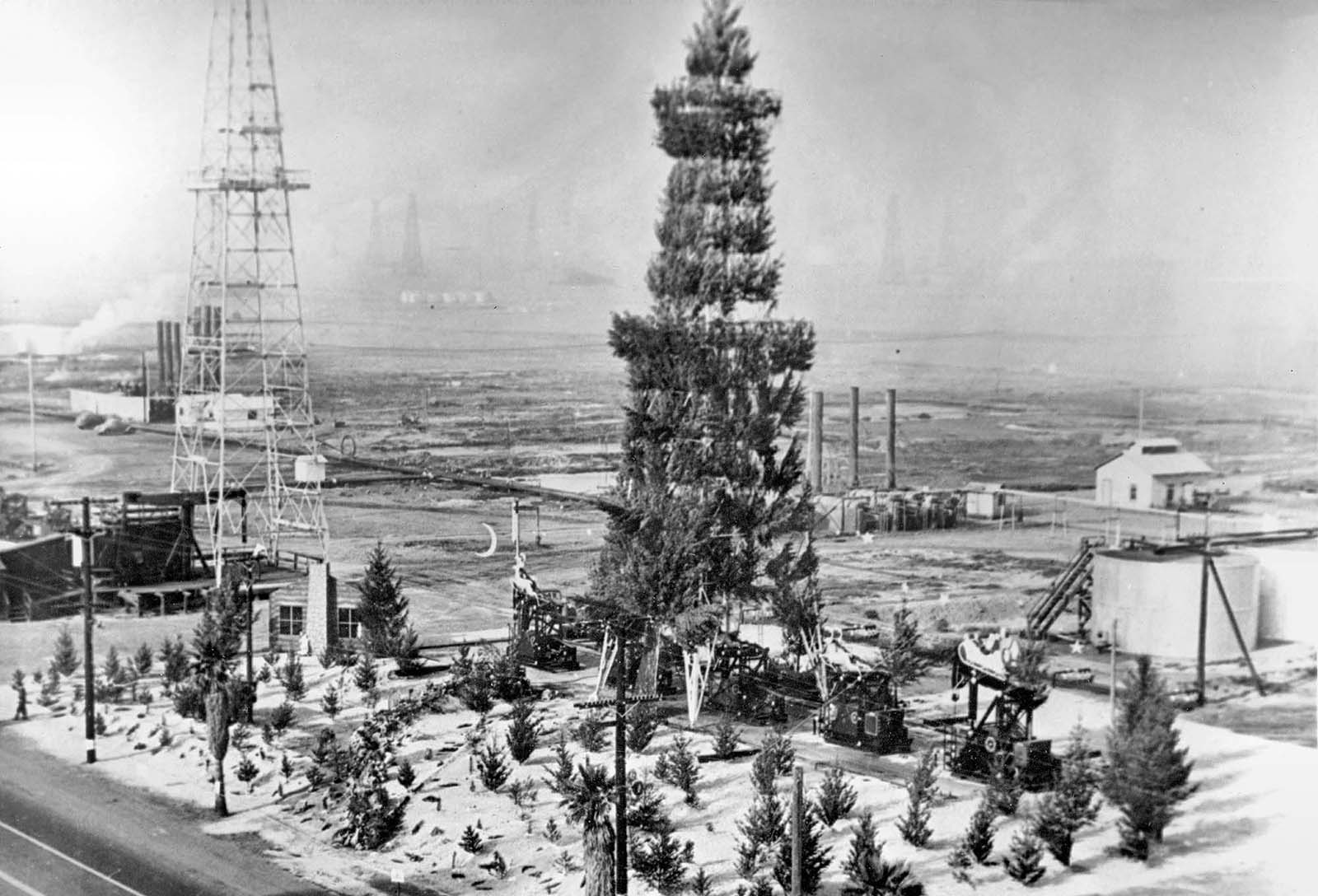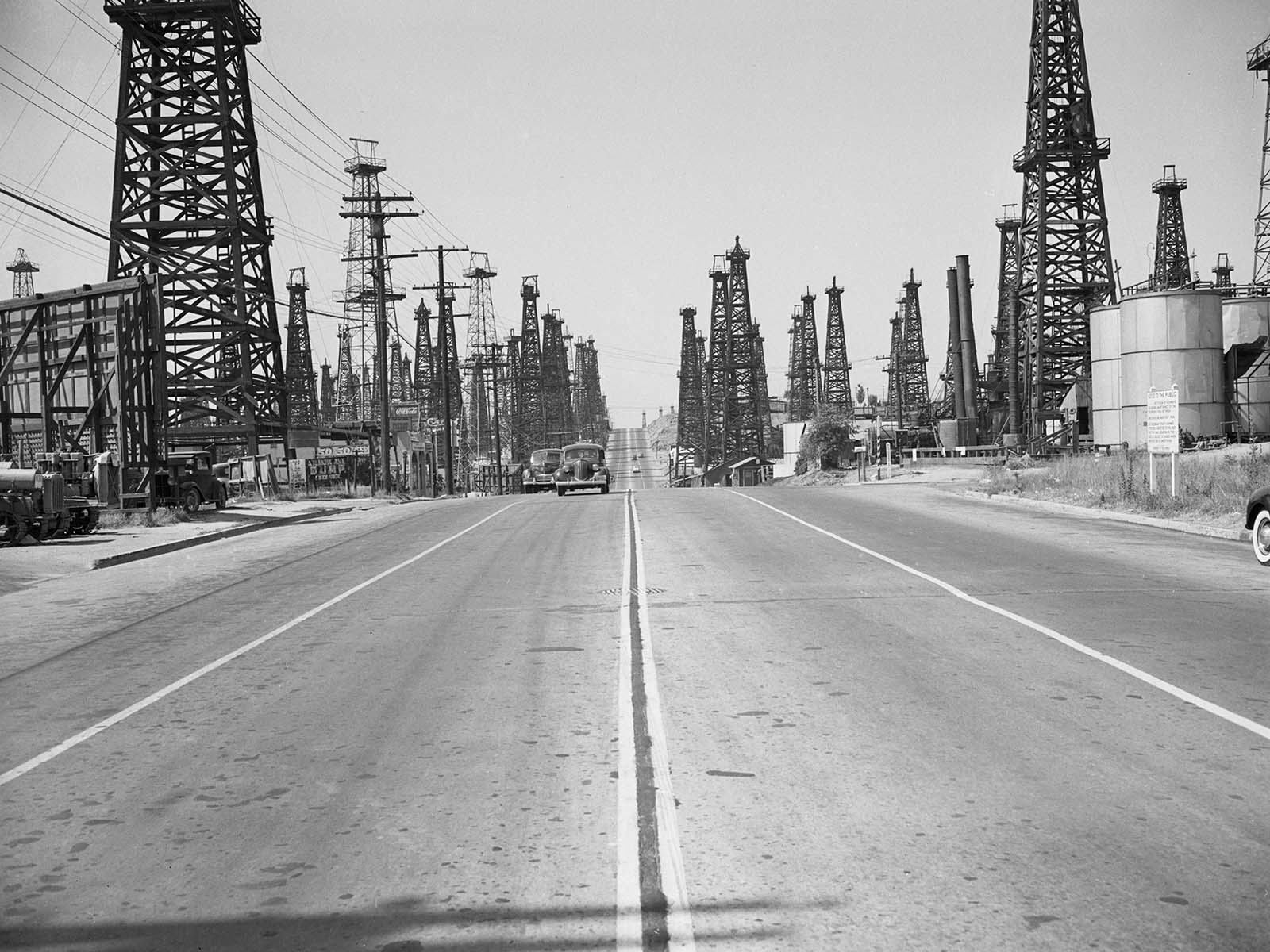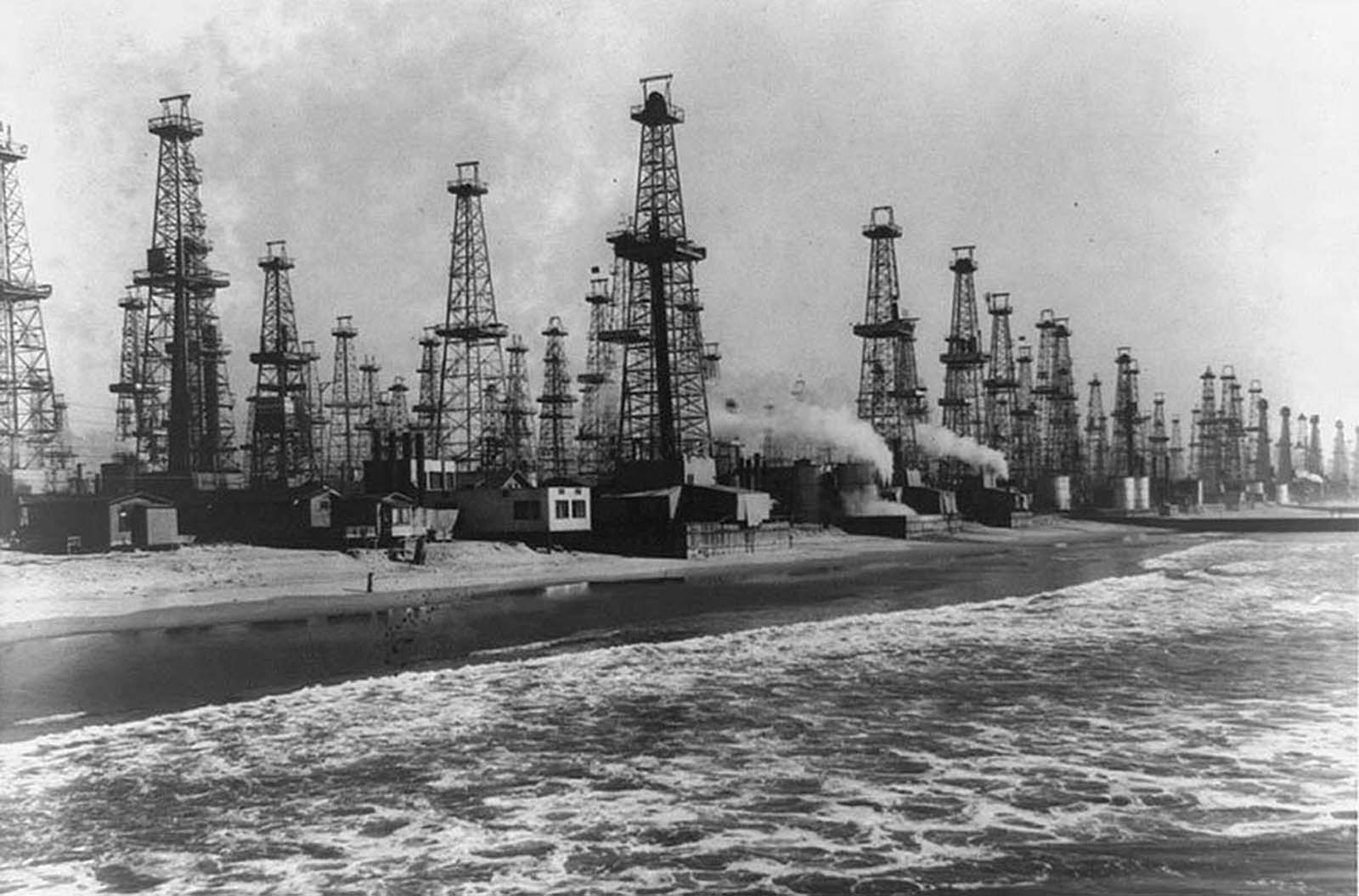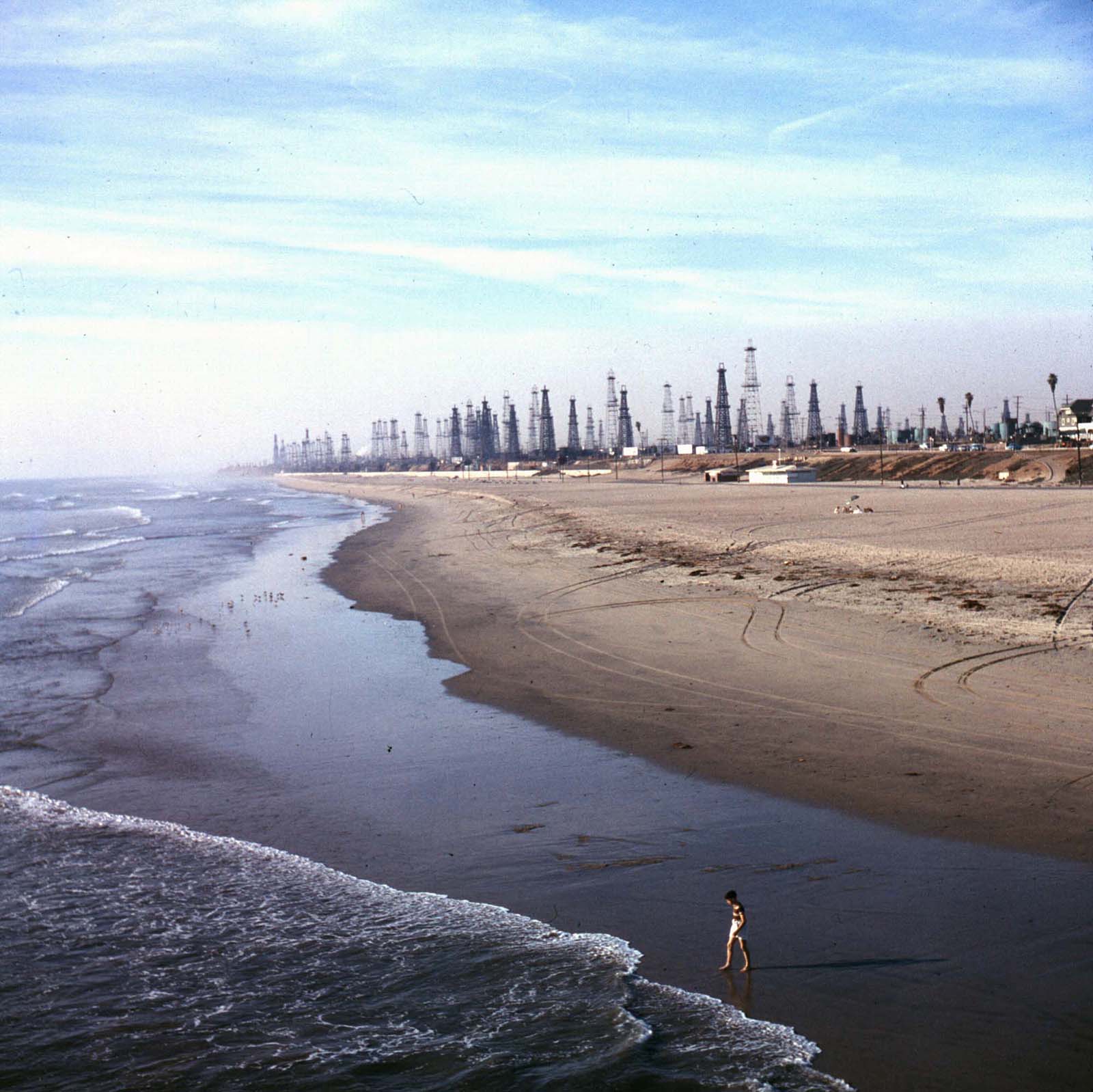California was nicknamed the Golden State after the Sierra Nevada gold that drew miners and settlers to the West. However, black gold has proved far more valuable to California than metallic gold. Thousands of years before Europeans arrived in California, Native Americans used petroleum for about 13,000 years, albeit not for energy. Native Americans used oil both as a lubricant and a sealant for their canoes. Humboldt County drilled the first Californian well in 1865. Pico Canyon oil field, located north of Los Angeles, became the state’s first gusher in 1876, launching a statewide industry. After discovering oil in California, Edward L. Doheny struck the massive Los Angeles oilfield in 1892, only 35 miles south of Pico Canyon.
In 1897, the world’s first offshore well was drilled from a 300-foot-long pier in the Pacific Ocean, triggering an offshore drilling boom. California’s discovery of oil significantly impacted oil prices both in the state and across the nation. In 1860, the United States produced 0.5 million barrels of oil. The state of California alone had 1.2 million barrels of oil by 1895. In 1895, oil prices decreased from $9.60 per barrel in 1860 to $0.25 per barrel. This was due to increased oil supplies from California and the increased oil production in Texas and Pennsylvania.
California’s oil production continued to boom at the turn of the century. The state produced 4 million barrels of oil in 1900. By 1920, production had increased to 77 million barrels. New oil fields were discovered regularly throughout Southern California between 1920 and 1930. This included Huntington Beach in 1920, Long Beach and Santa Fe Springs in 1921, Dominguez in 1923, and Inglewood in 1924. In the United States, southern California was becoming a hotbed for oil production. As a result of the oil boom, whole areas became home to hundreds of wooden drilling derricks owned by independent speculators. It looked gloomy as oil derricks dotted the landscape like giant quills. Oil derricks were located next to residential areas and pristine beaches in Venice, California (now known as Marina del Rey). The coasts of Huntington Beach and Santa Barbara were lined with derricks, competing for space with sunbathers and lifeguard stands. At the time, however, L.A. was still in its early years, and the metastasizing cityscape was more concerned with growth than beauty. Today, these violent protrusions are at odds with the Southland’s idyllic image of fun in the sun.
Below are some stunning historical photos of California beaches and places with oil derricks from the 1910s to the 1950s.


